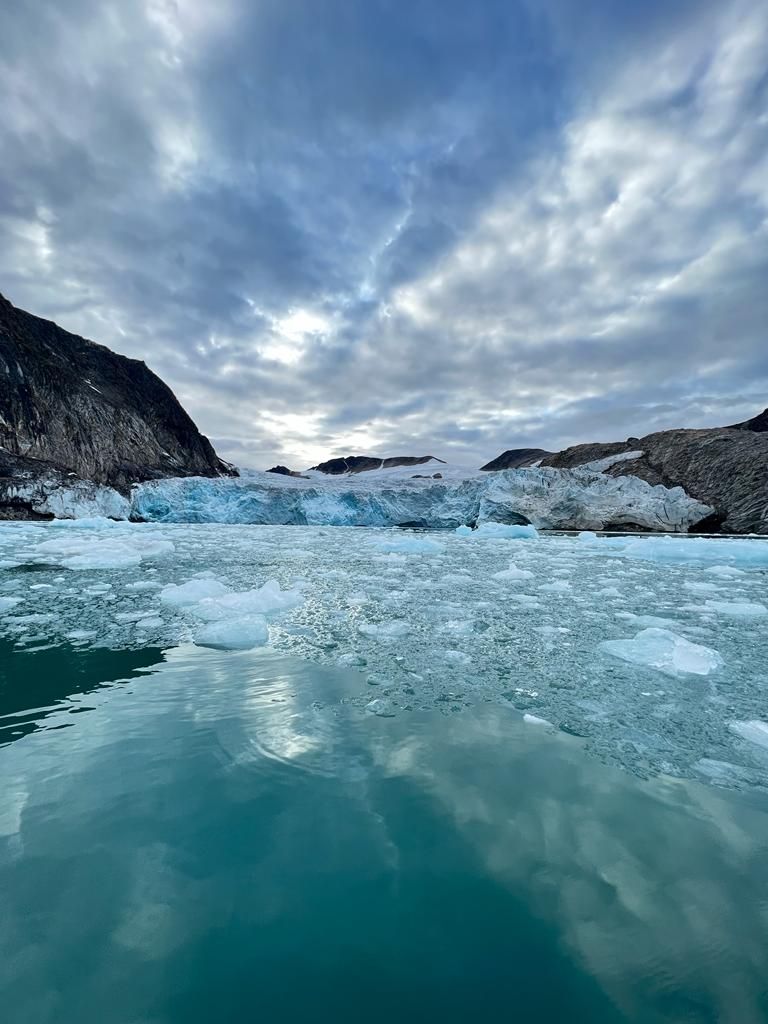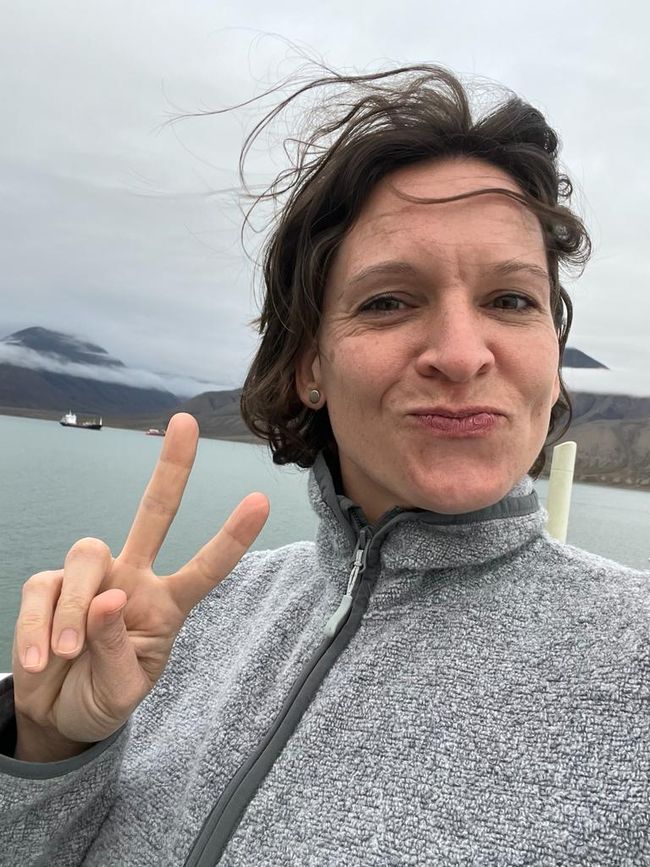In the north of Colombia
Közzétett: 28.04.2019
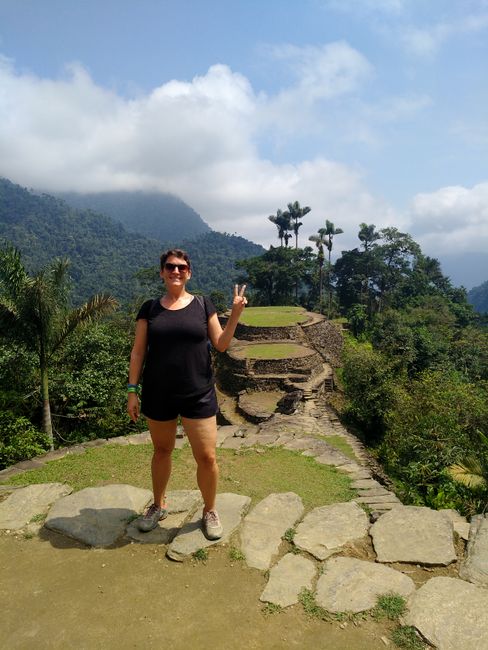
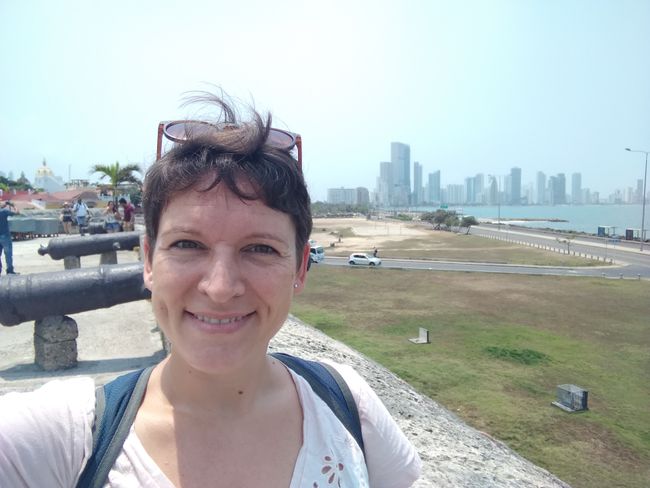
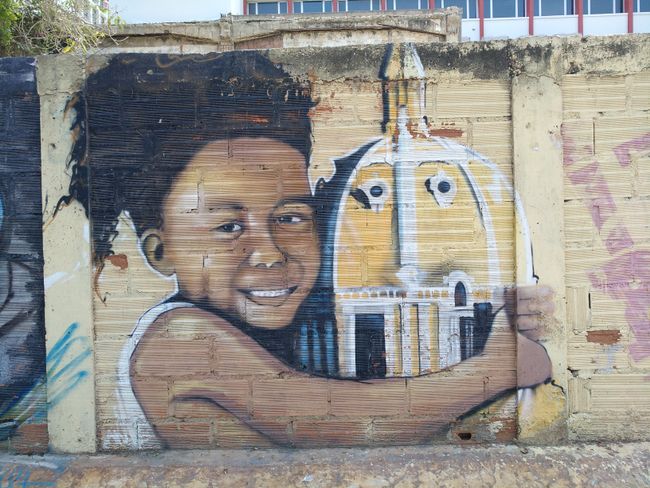
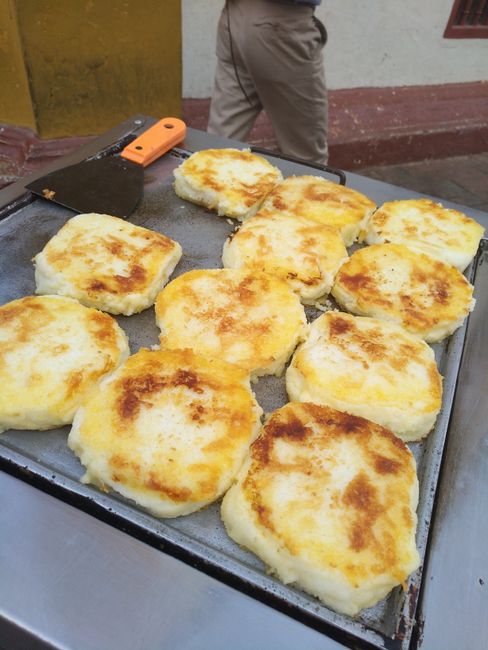
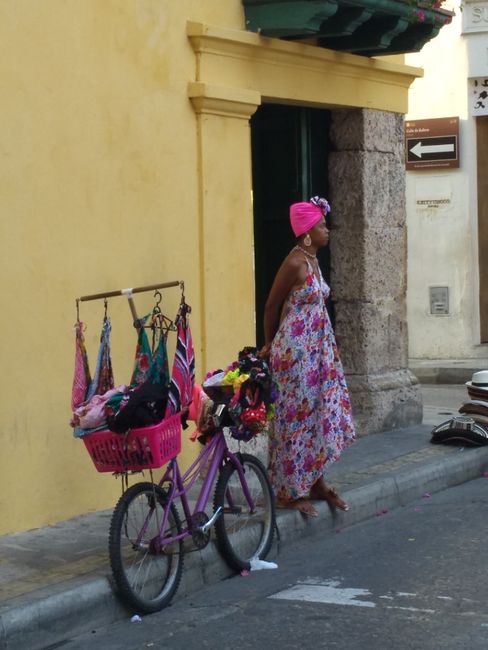
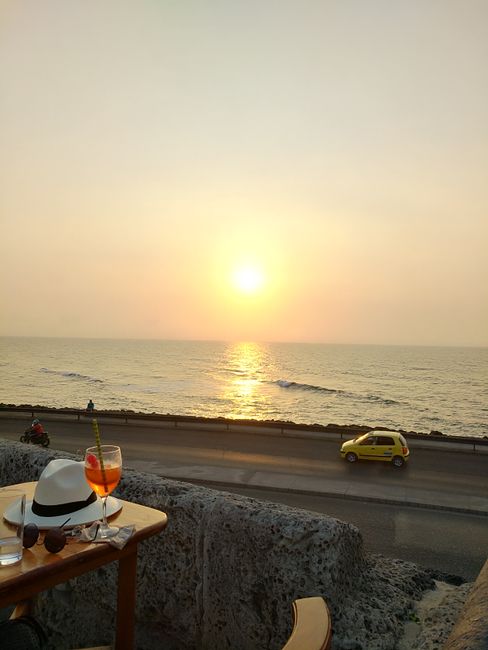
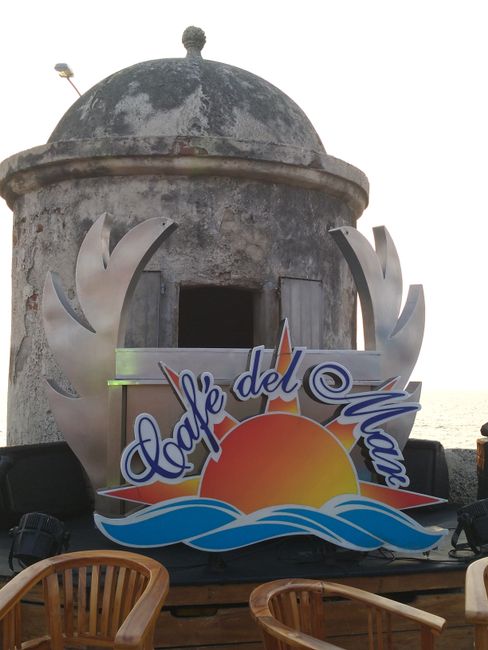
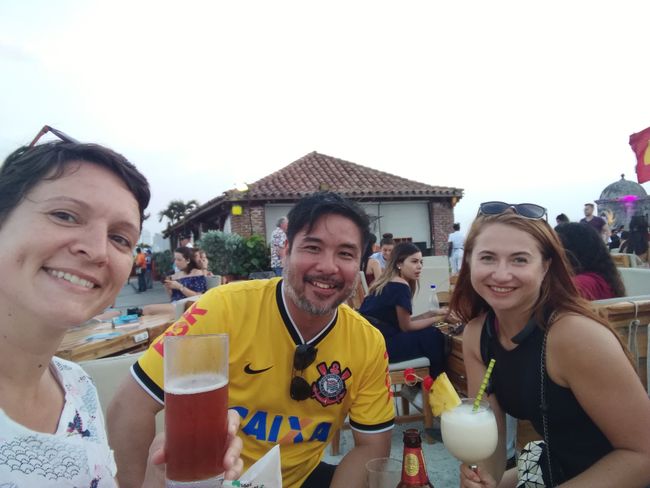
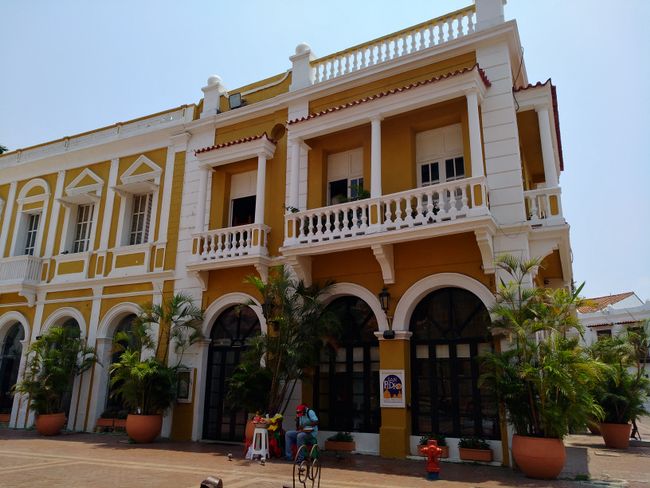
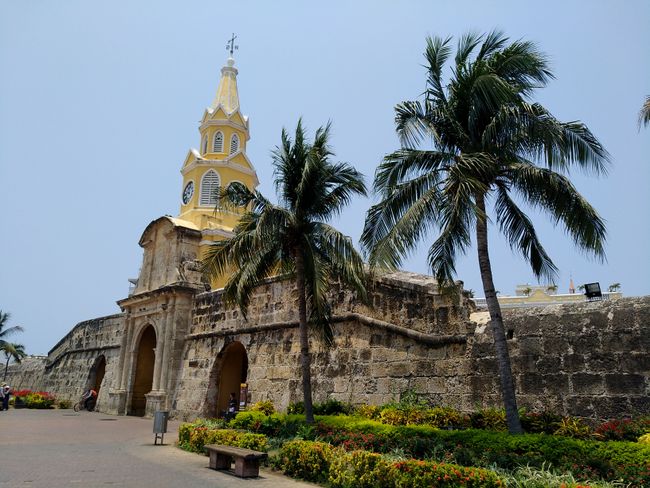
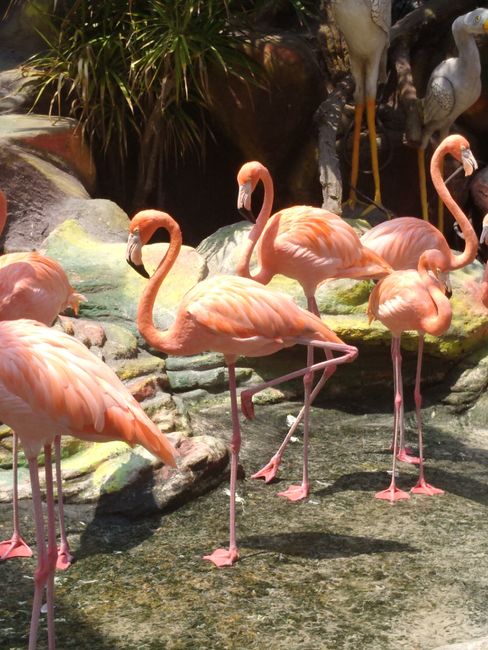
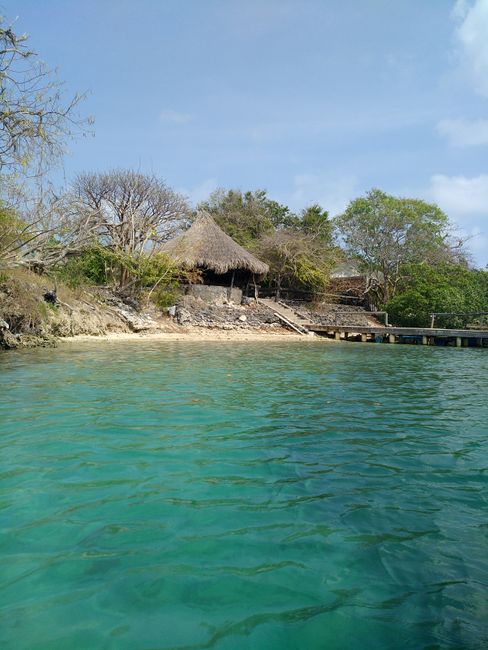
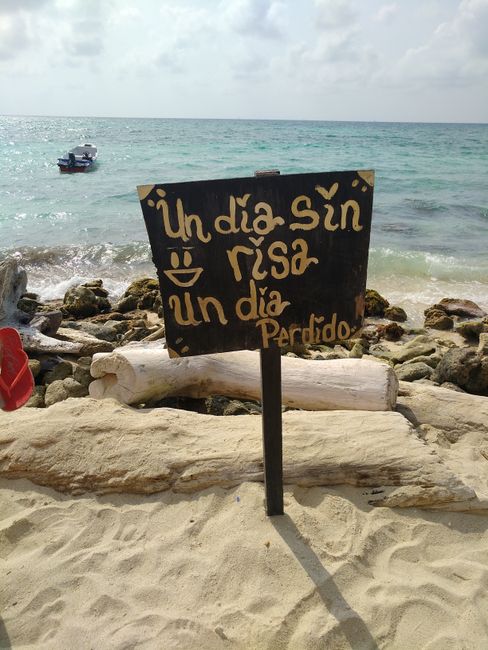
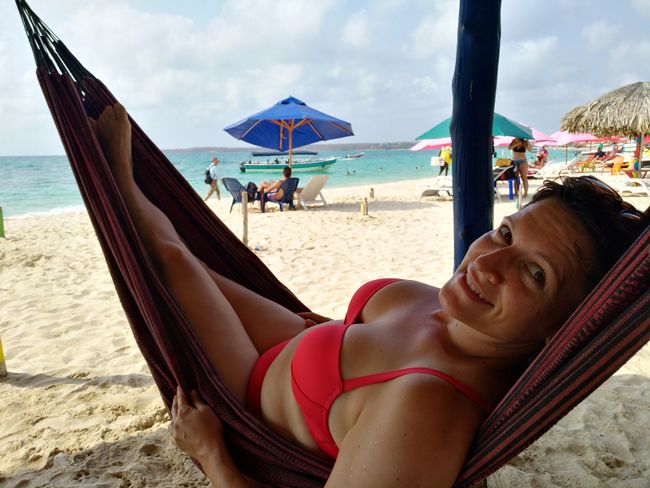
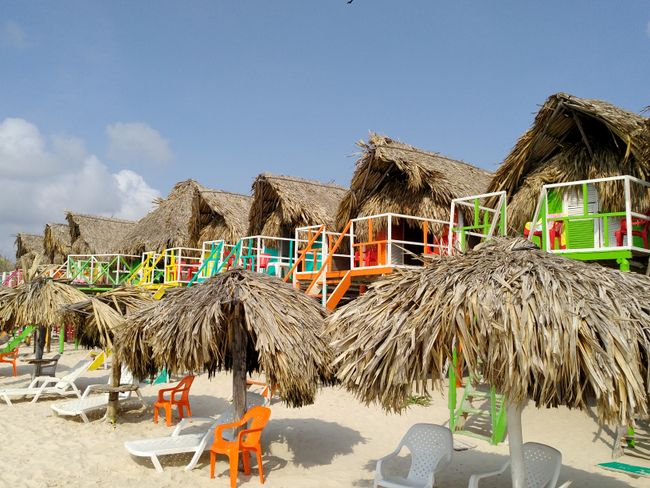
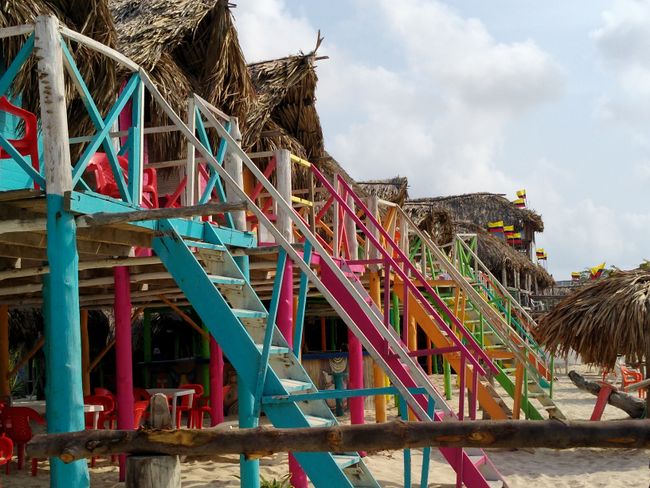
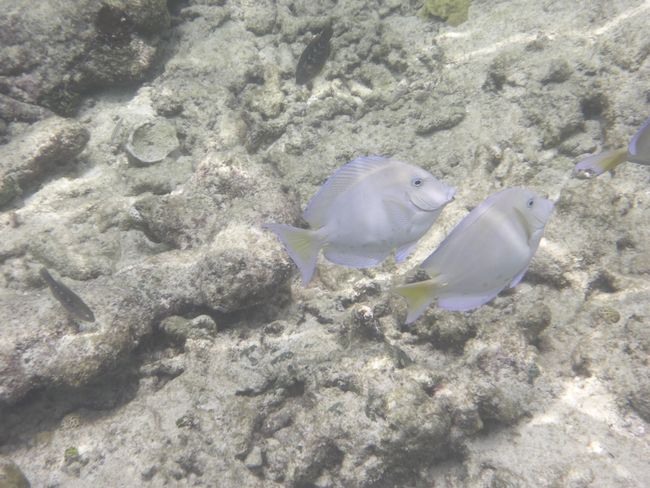
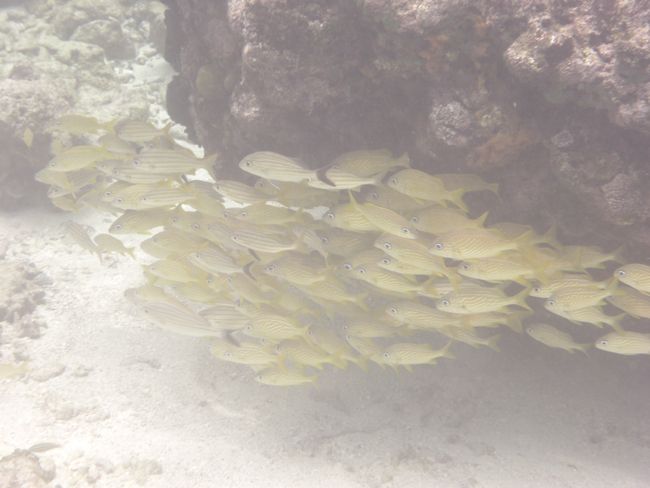
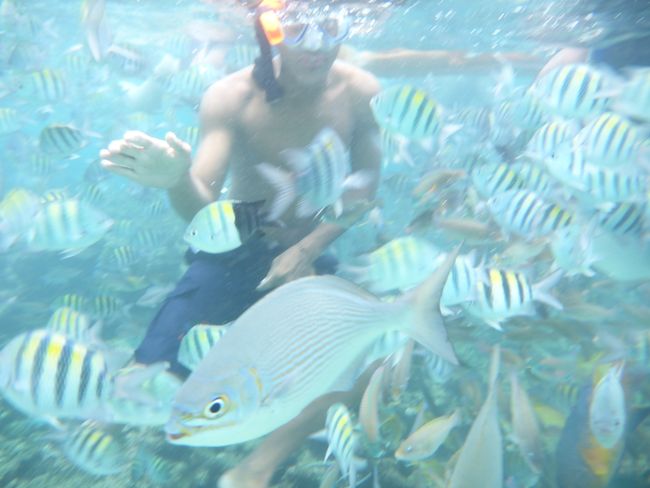
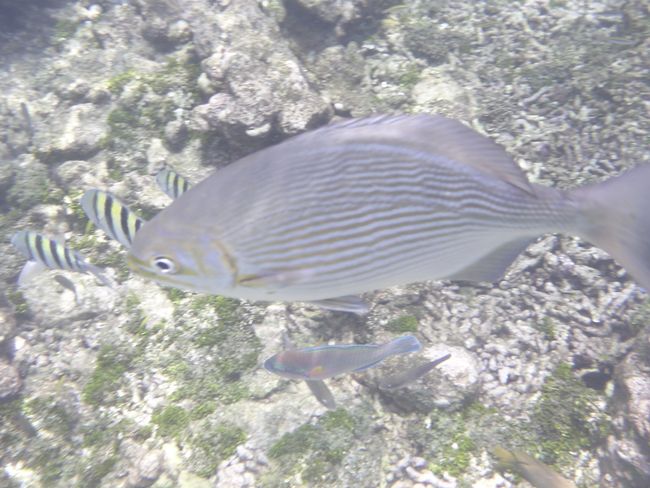
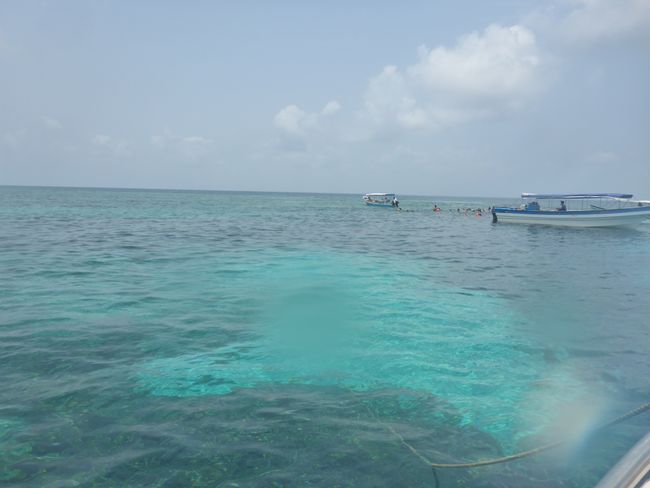
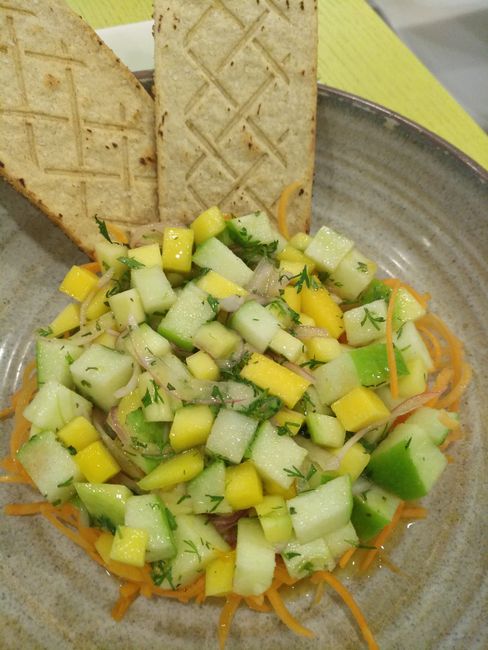
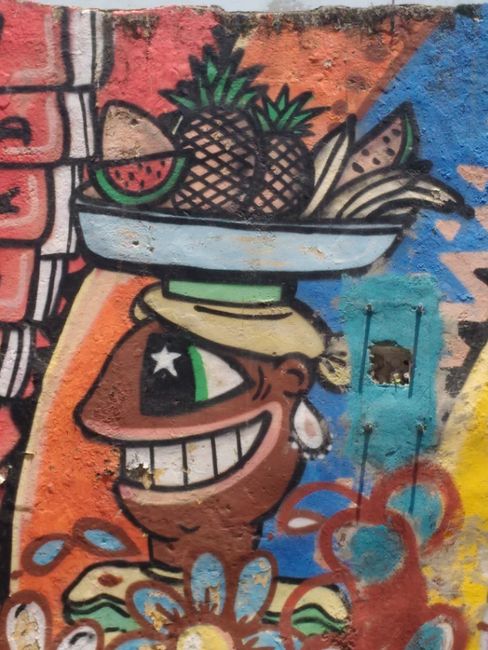
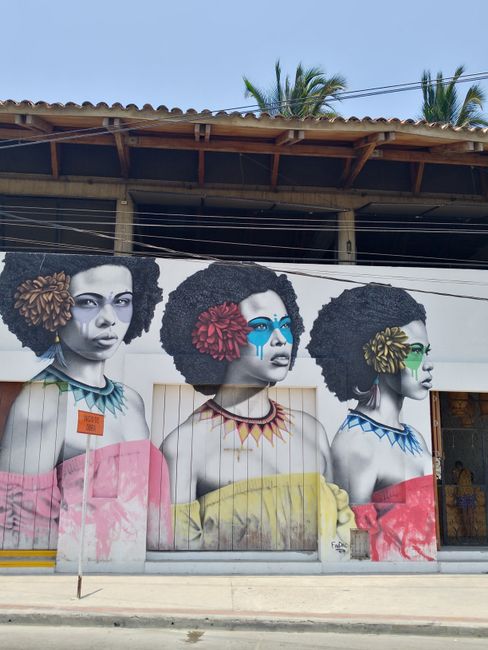
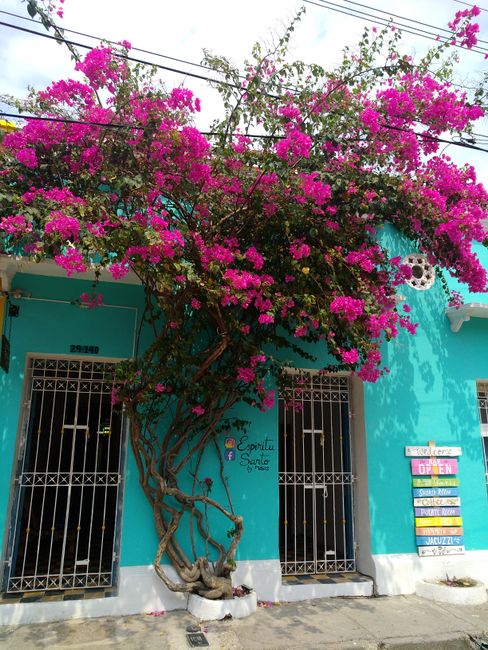
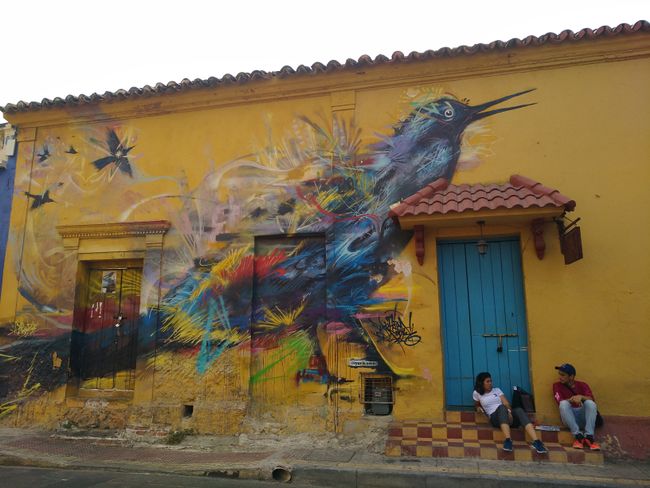
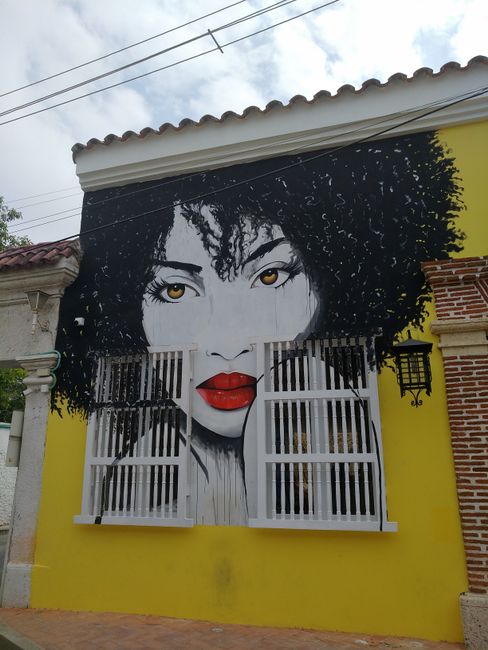
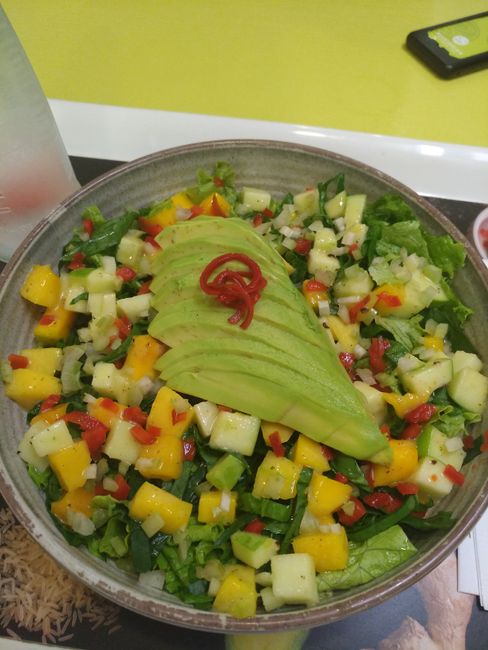
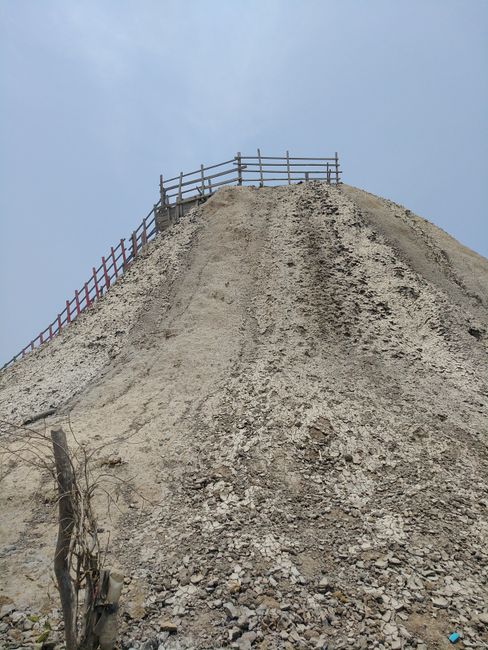
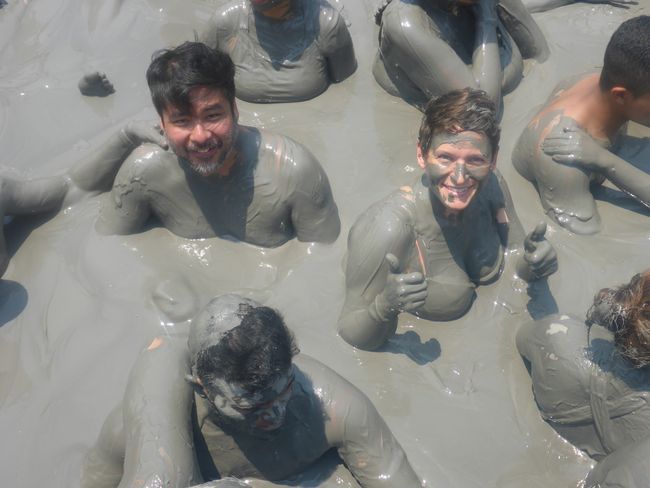
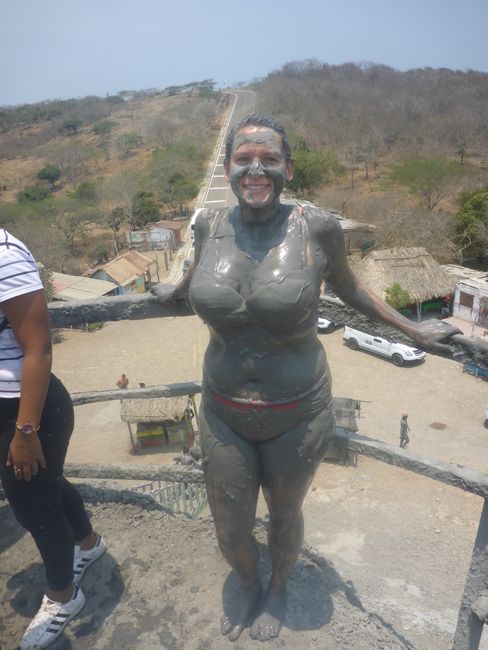
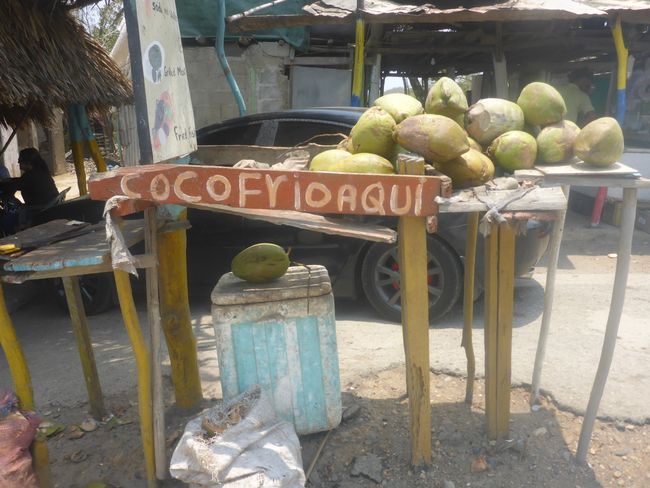
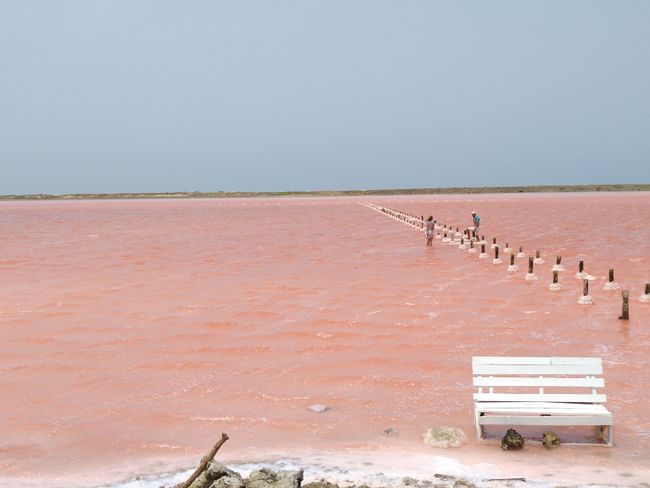
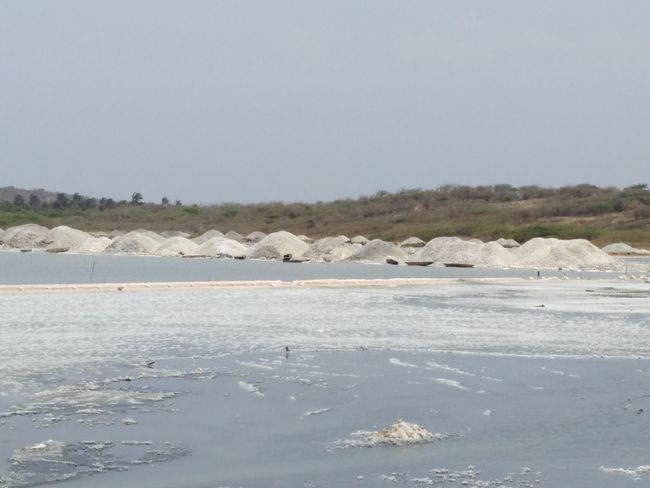
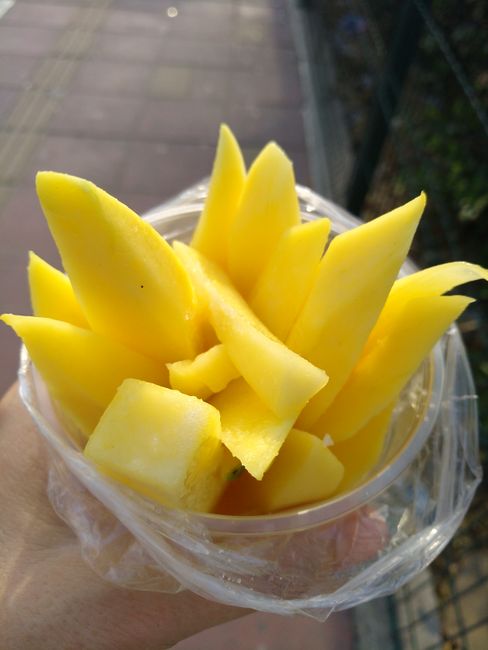
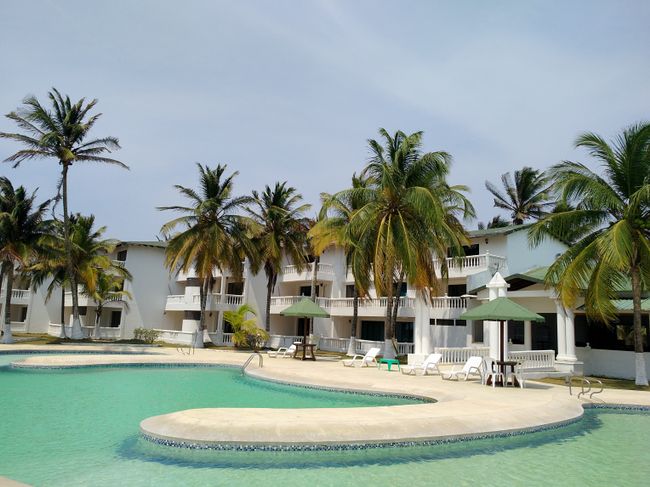
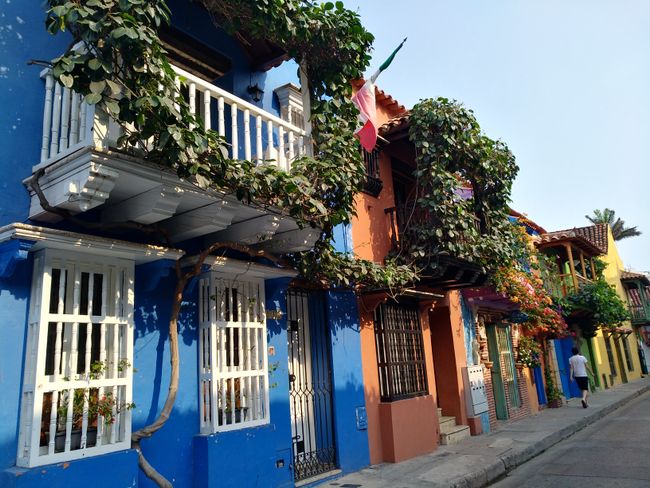
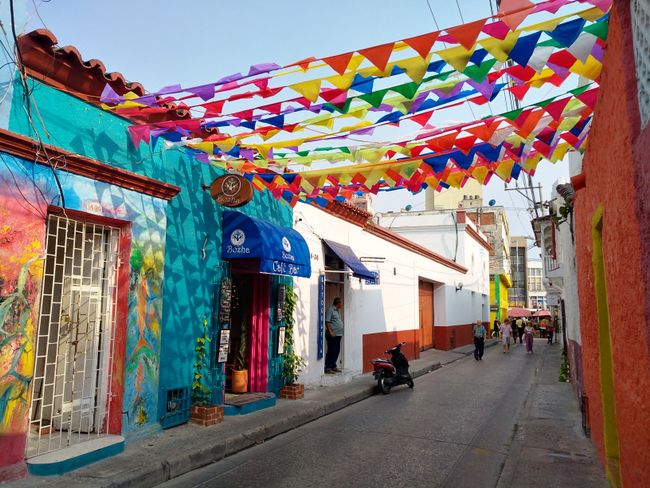
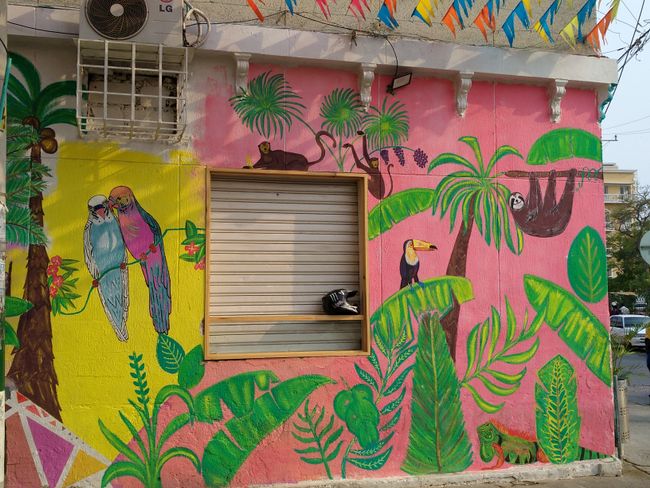
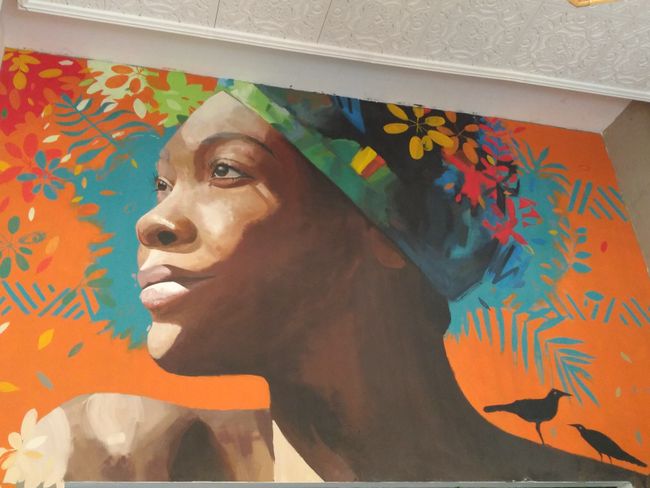
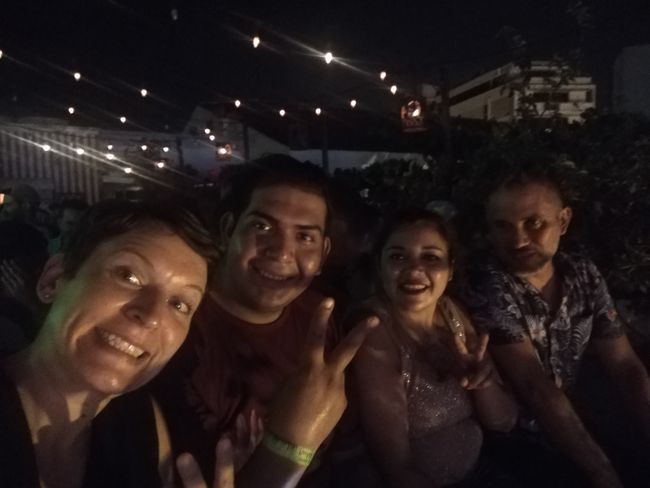
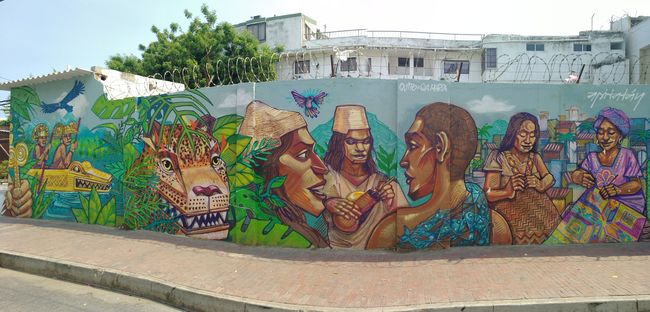
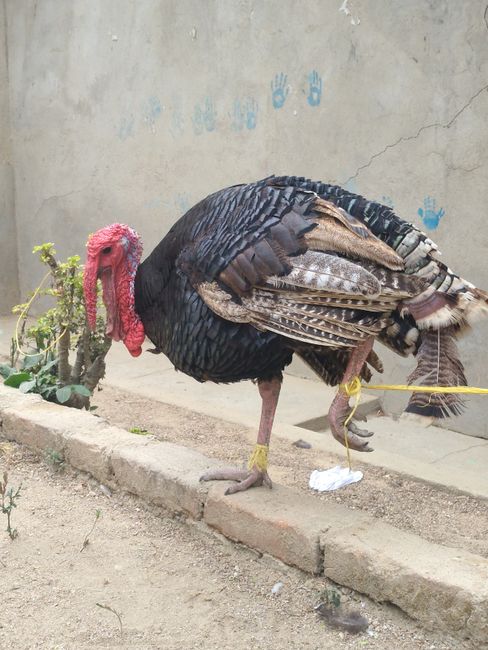
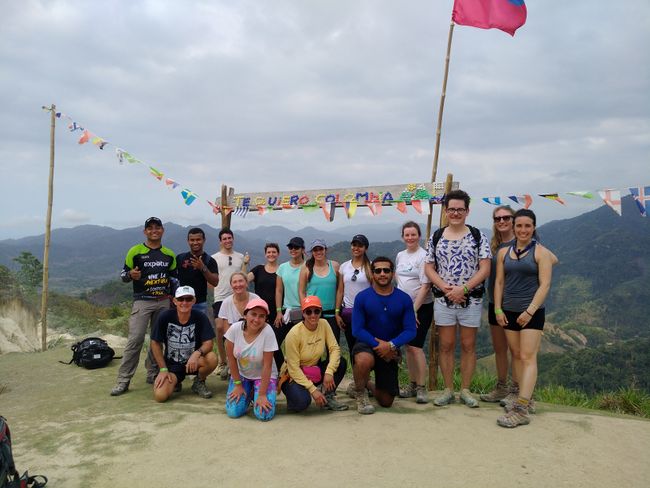
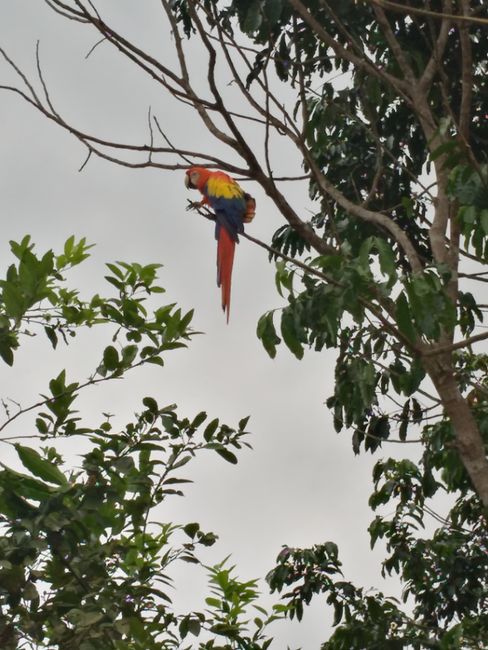
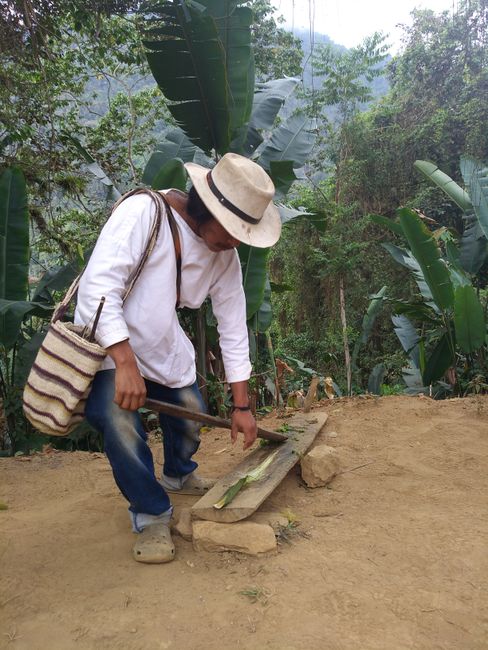
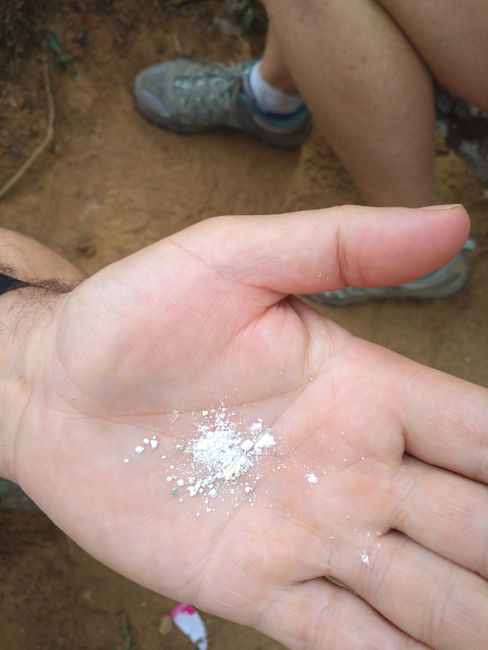
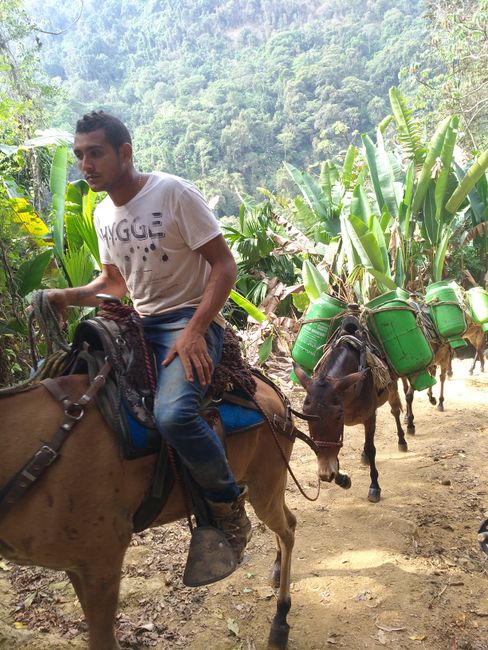
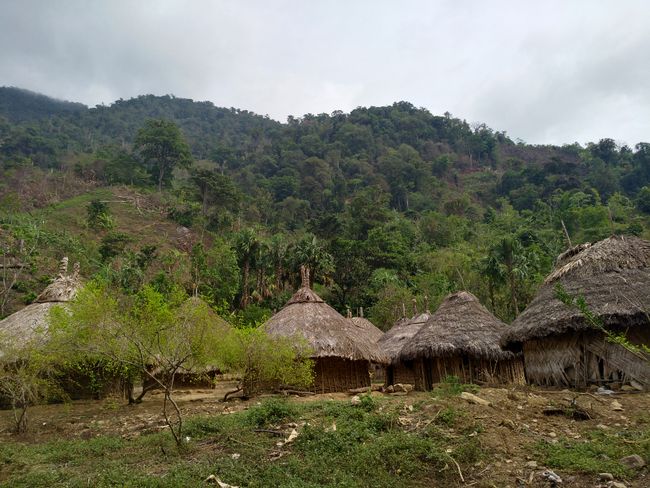
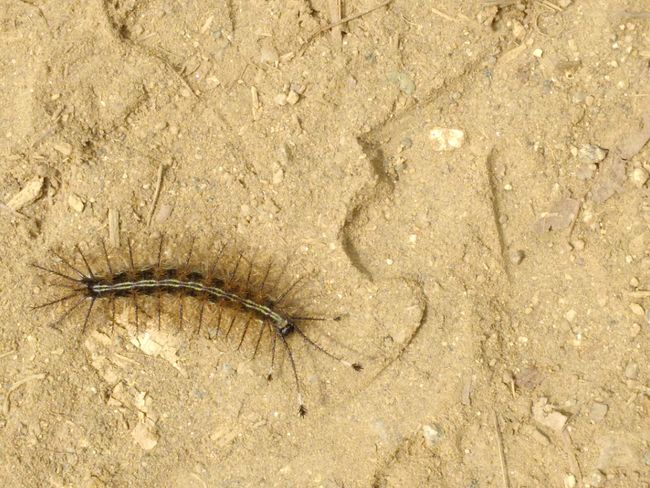
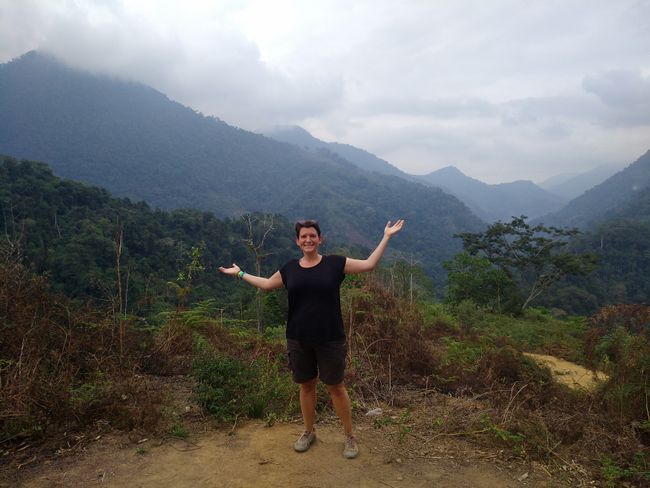
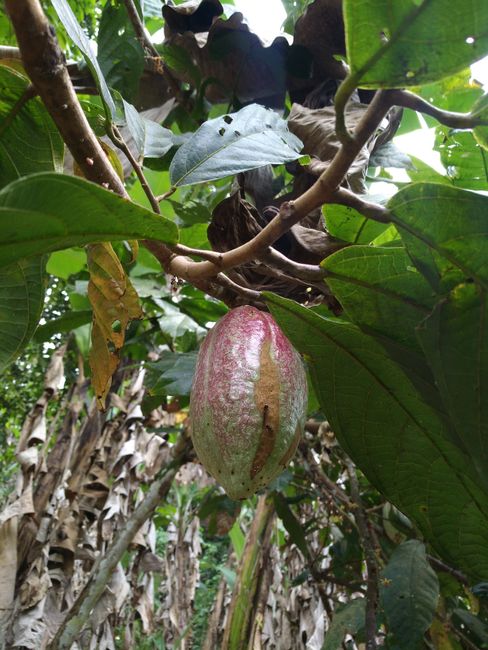
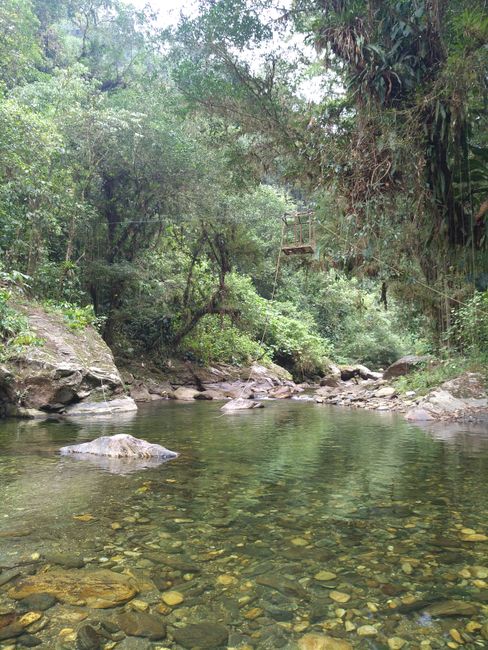
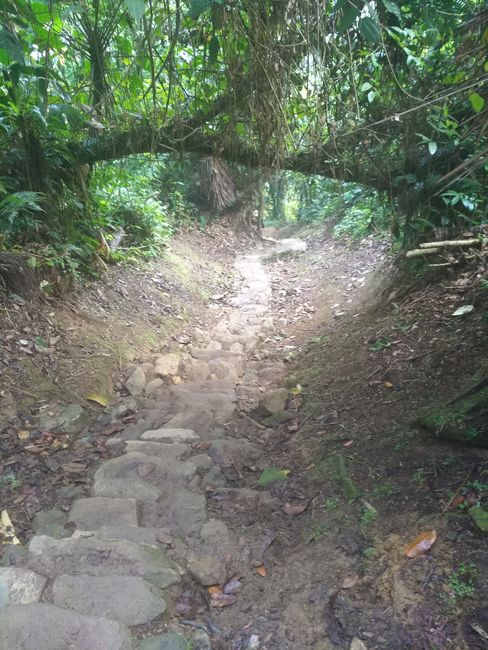
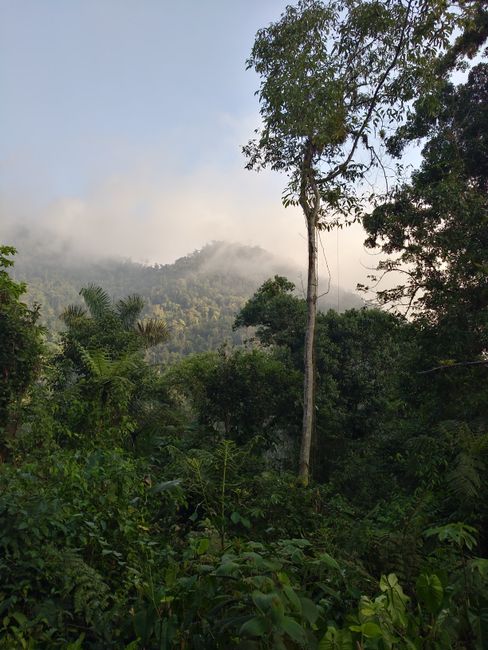
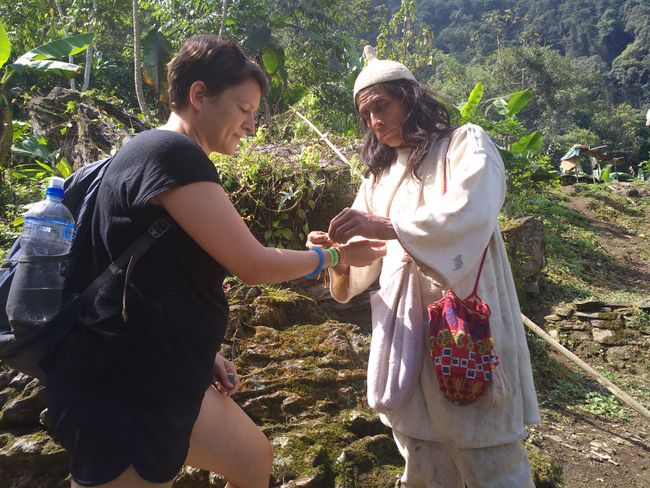
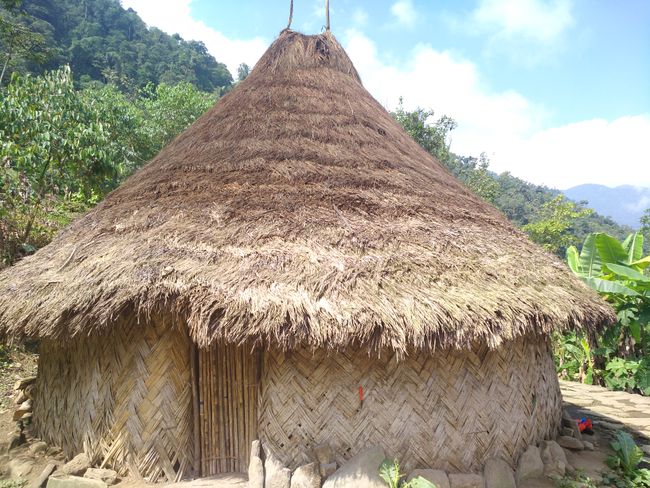
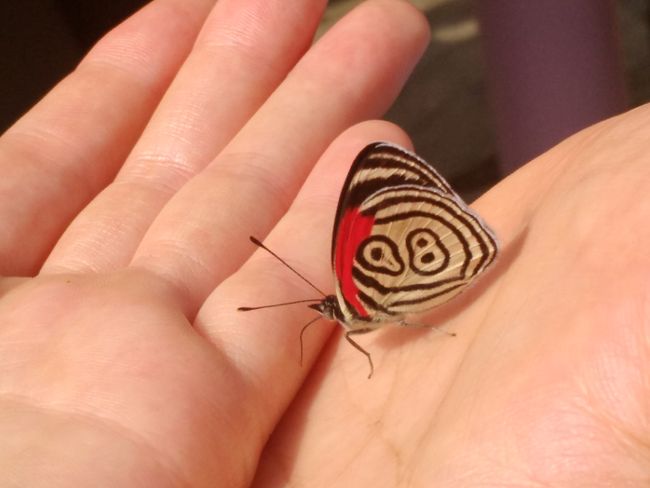
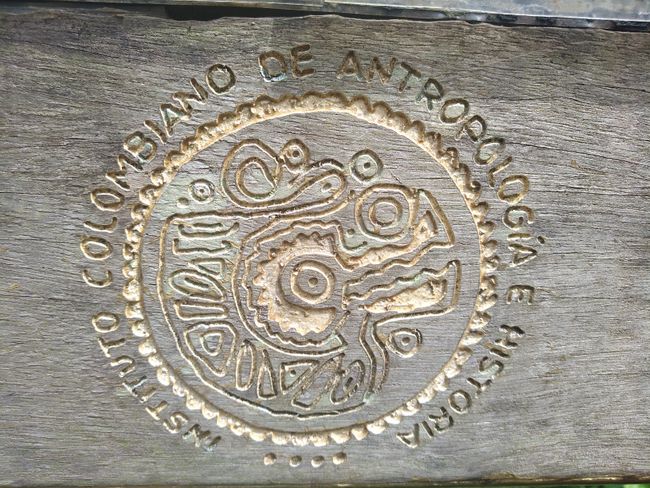
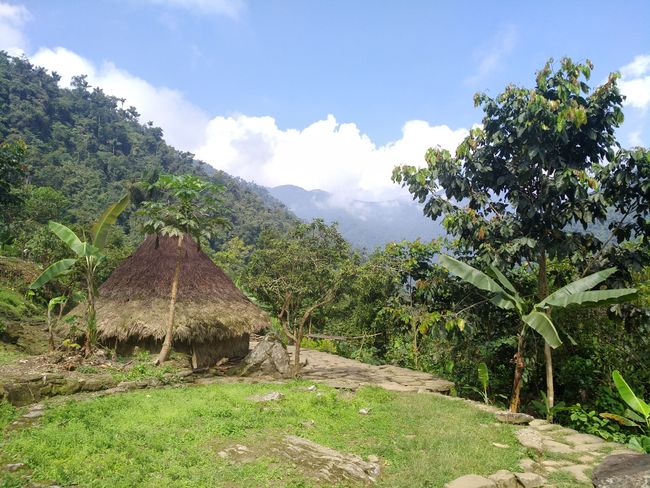
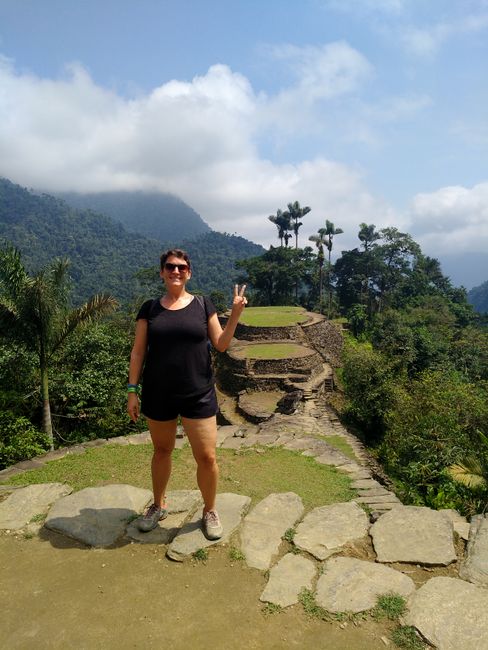
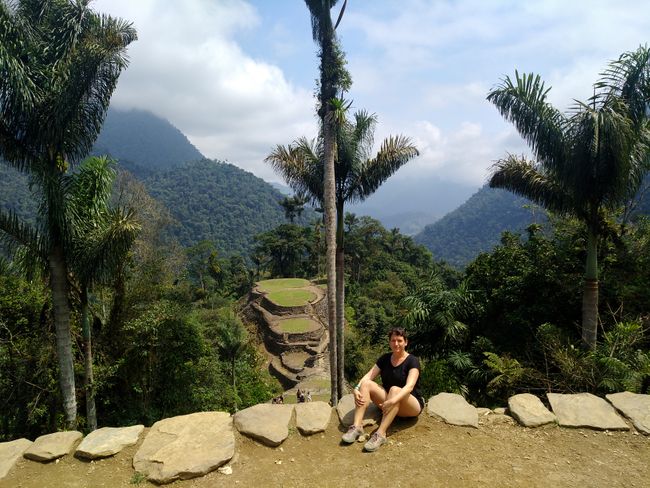
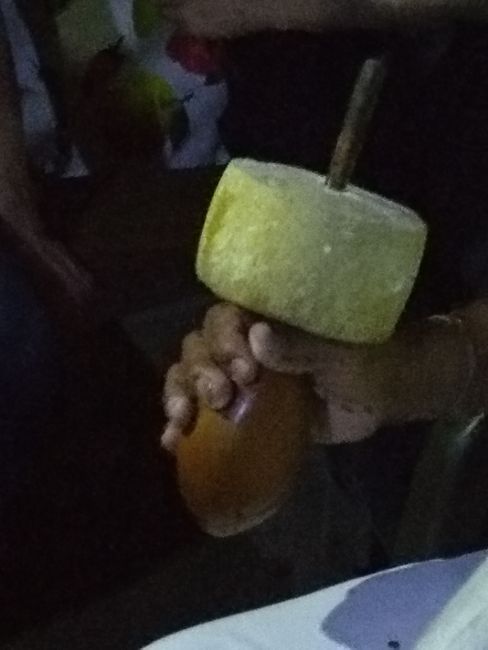
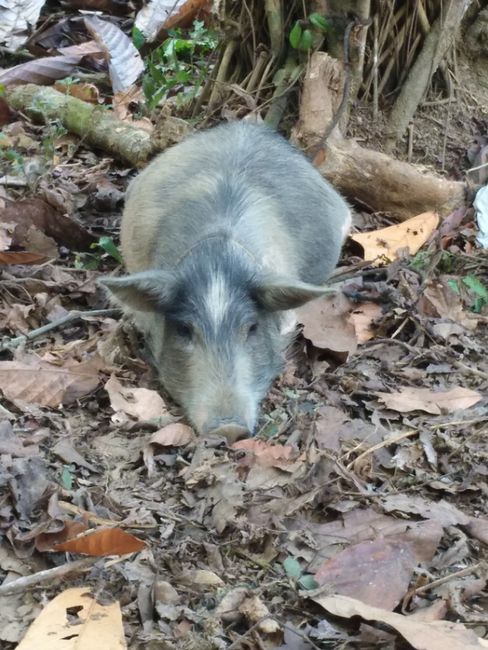
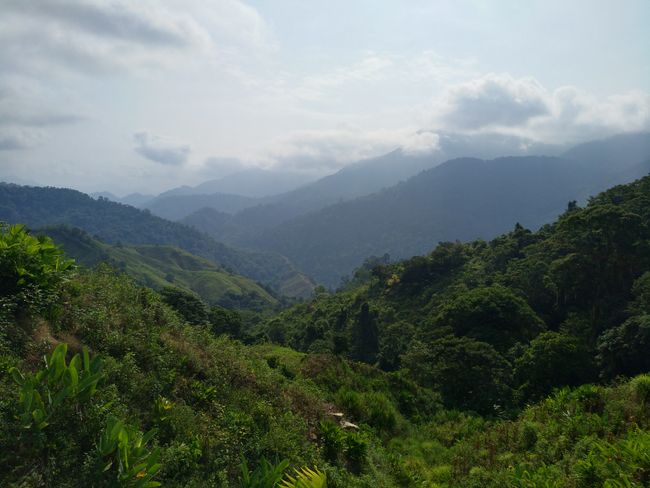
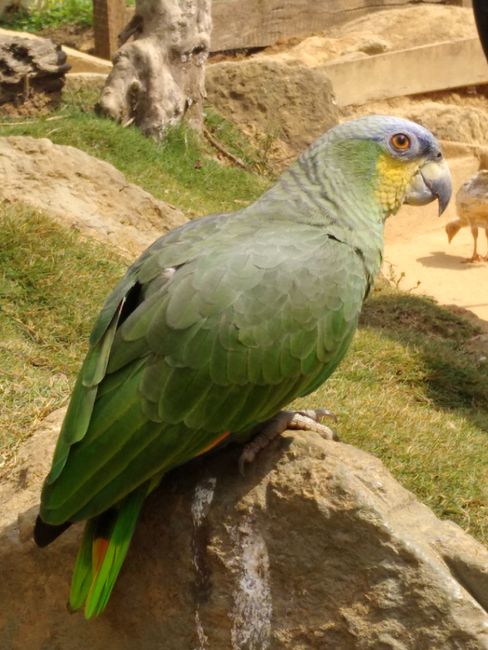
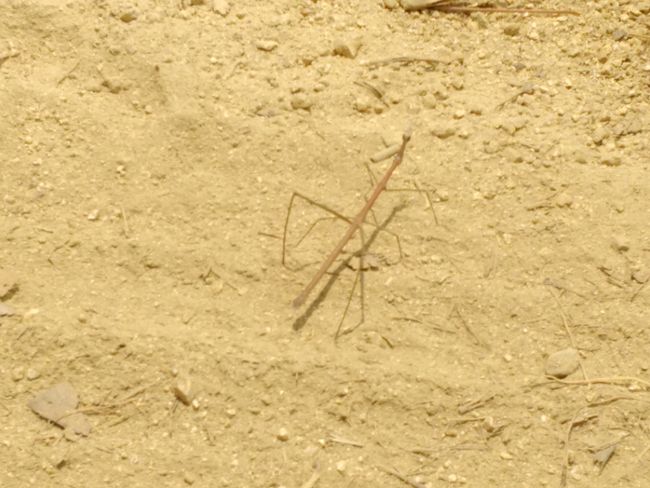

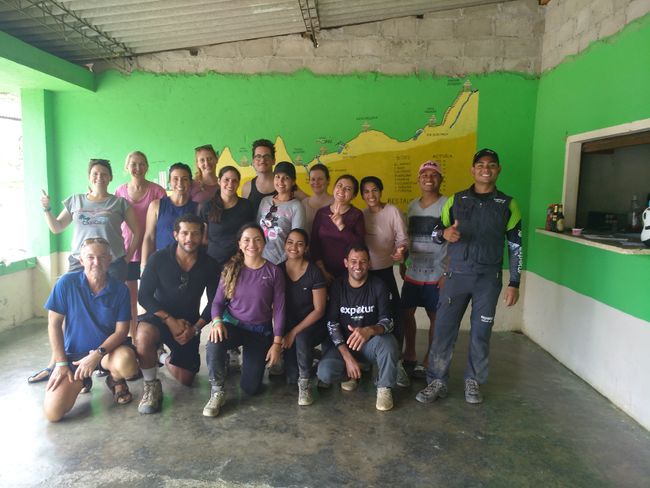
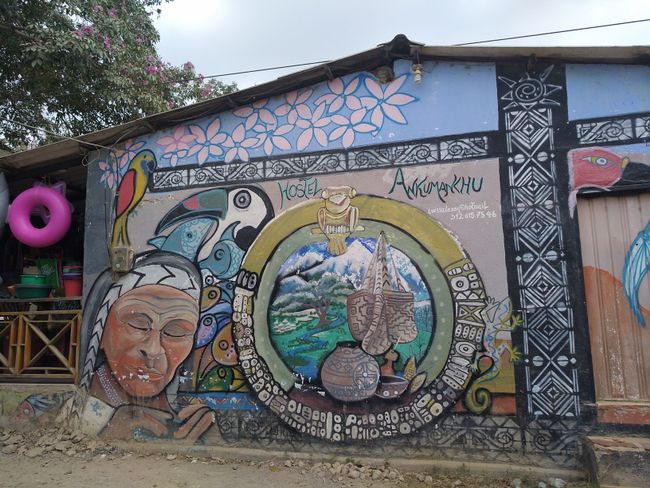
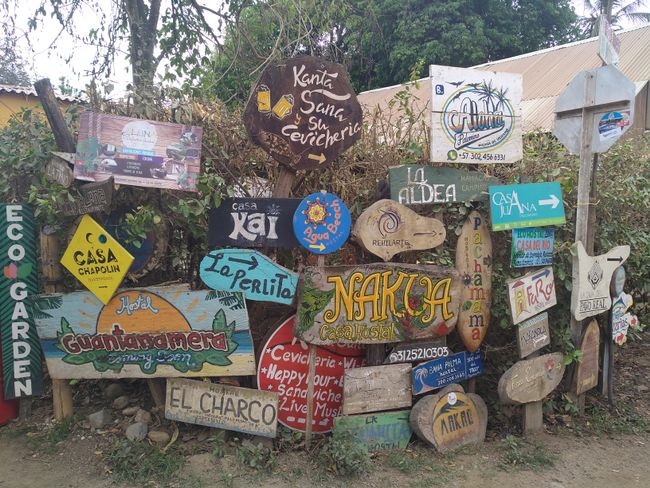
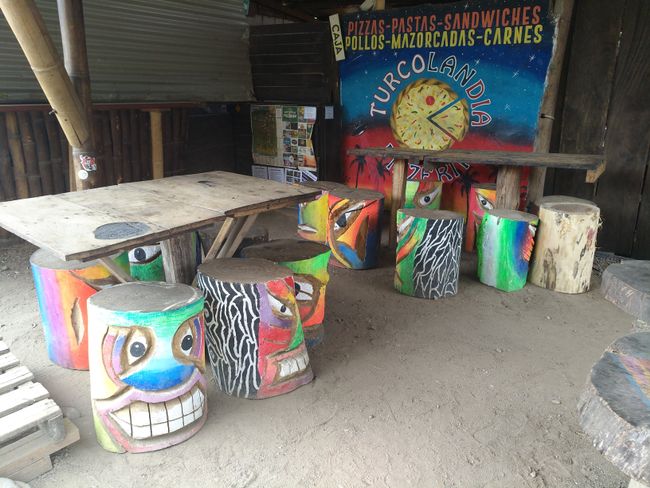
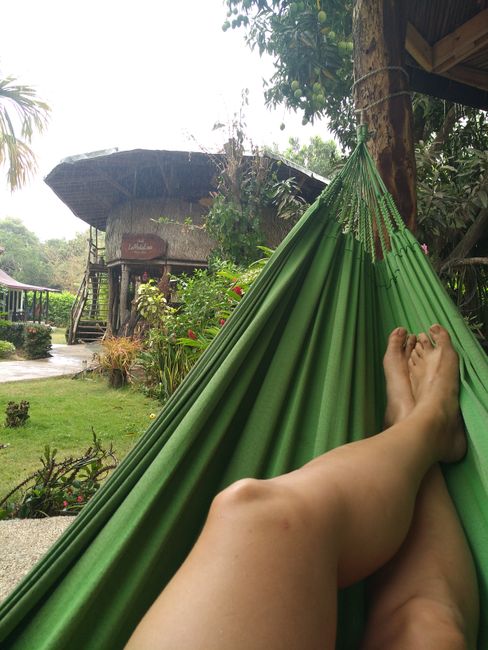
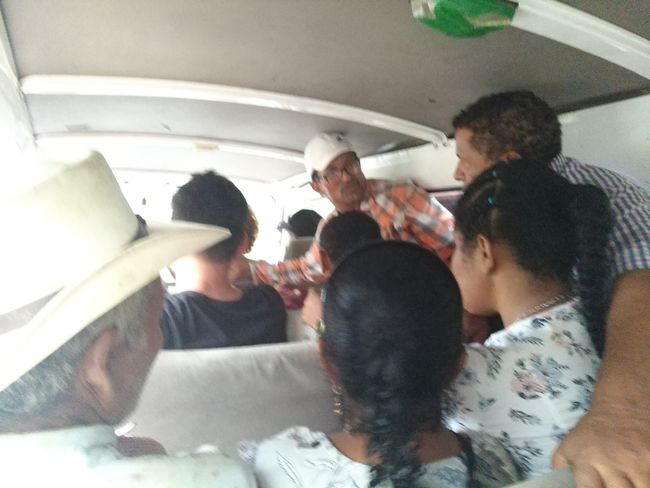
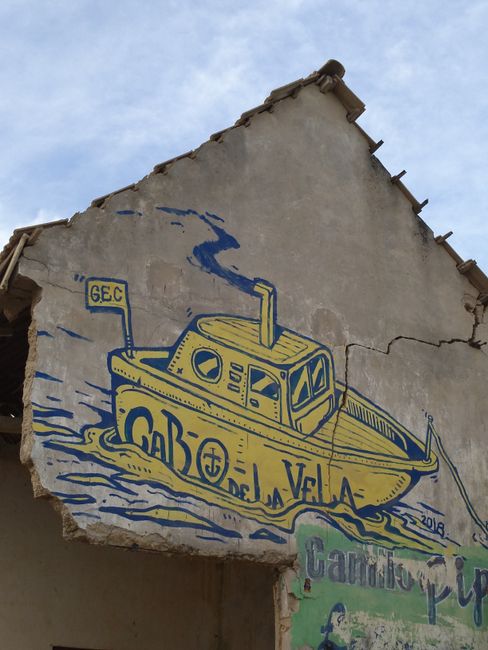
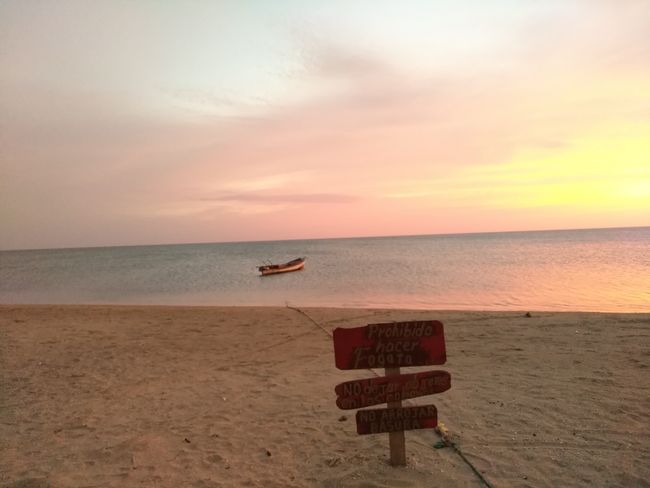
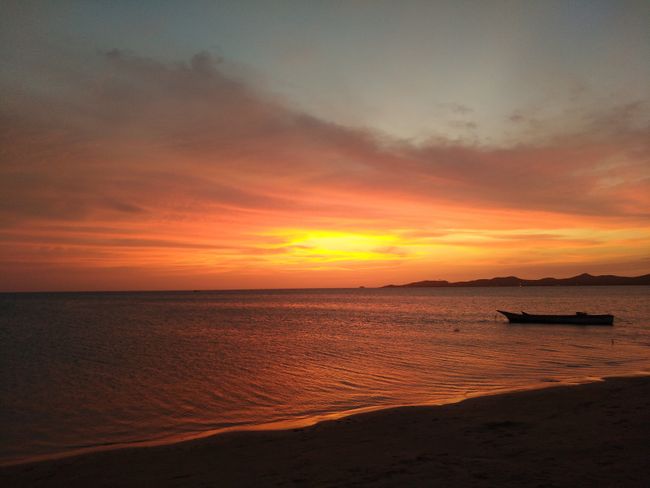
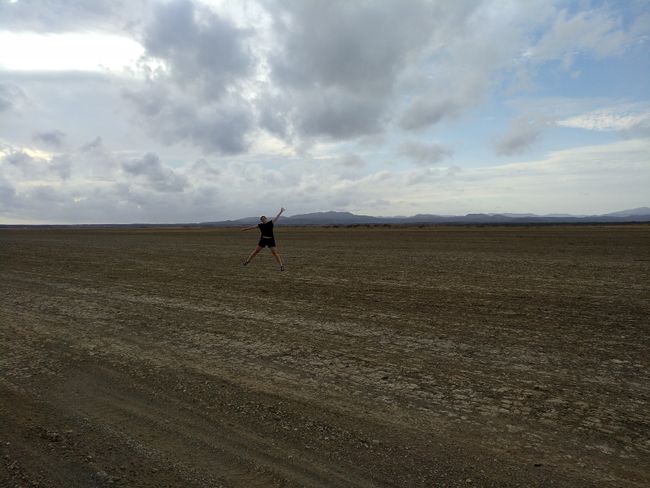
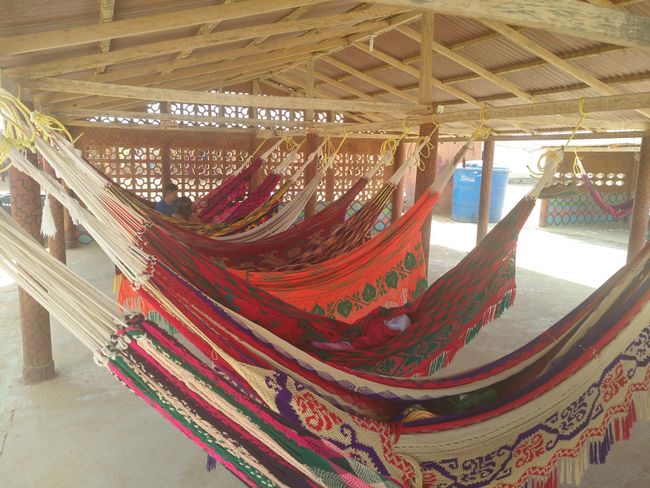
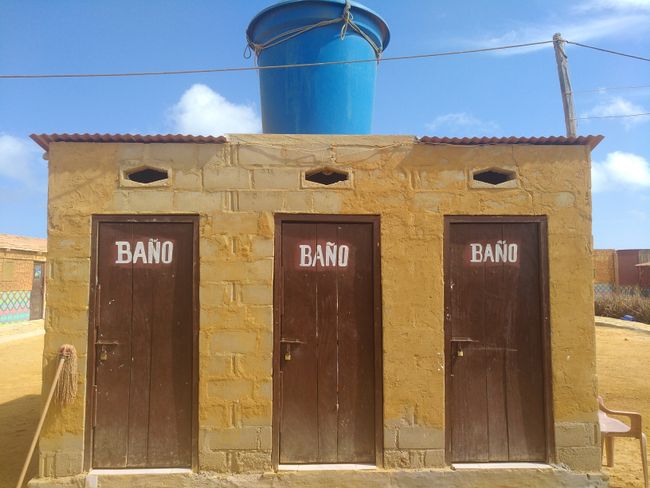
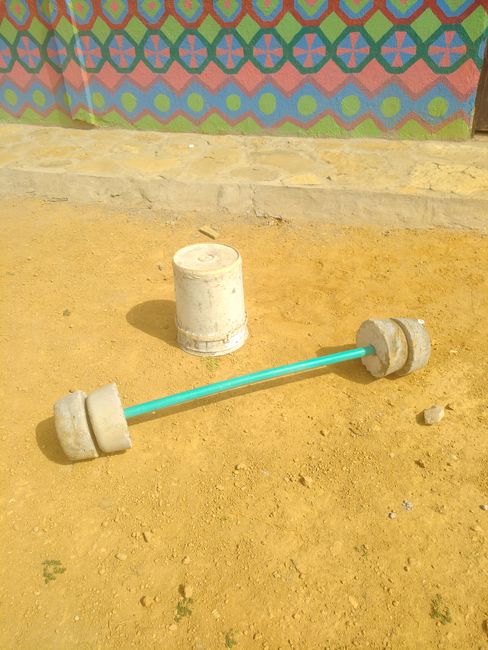
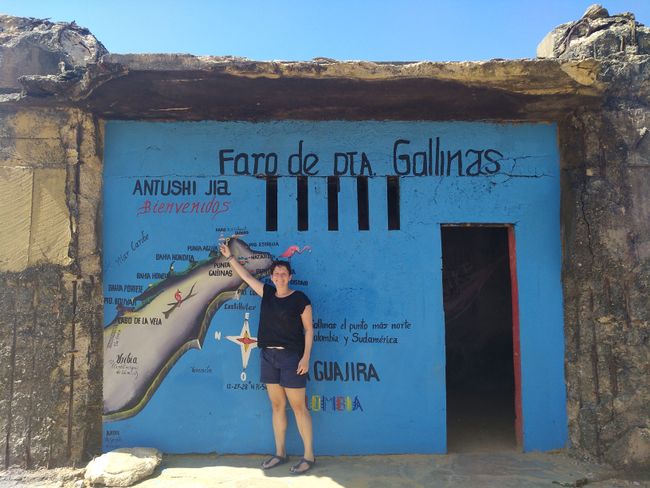
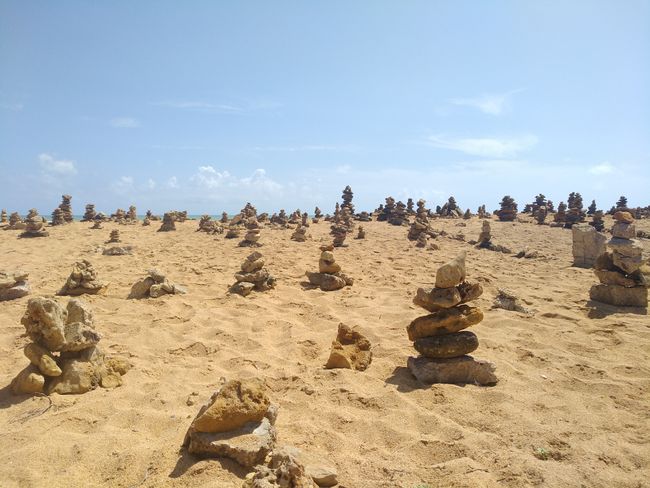
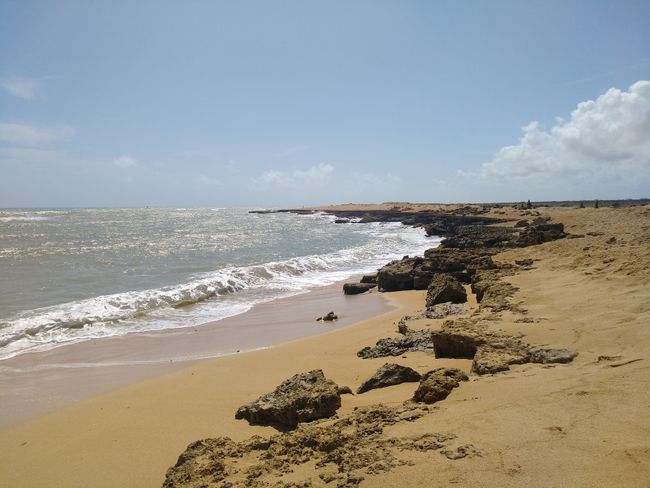
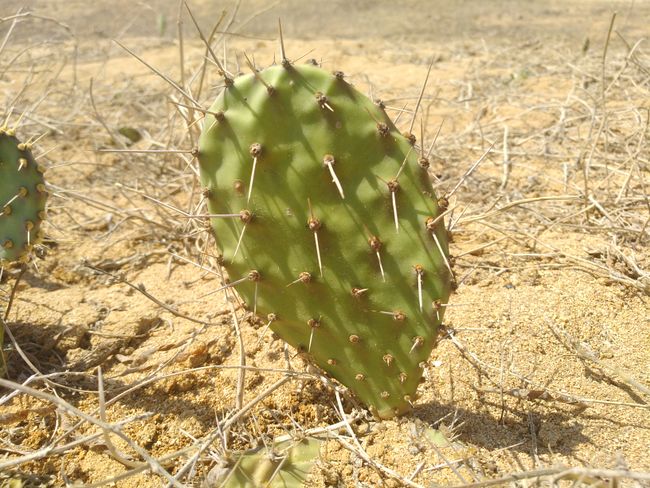
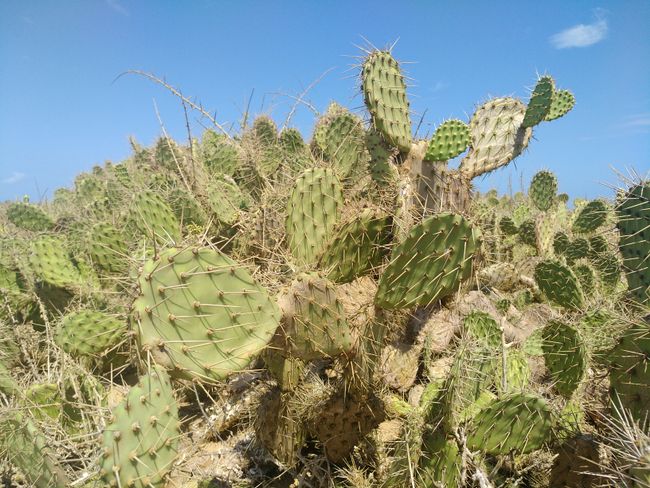
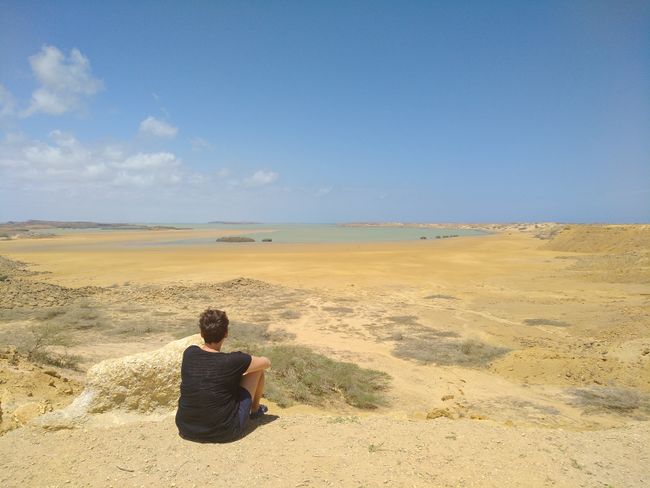
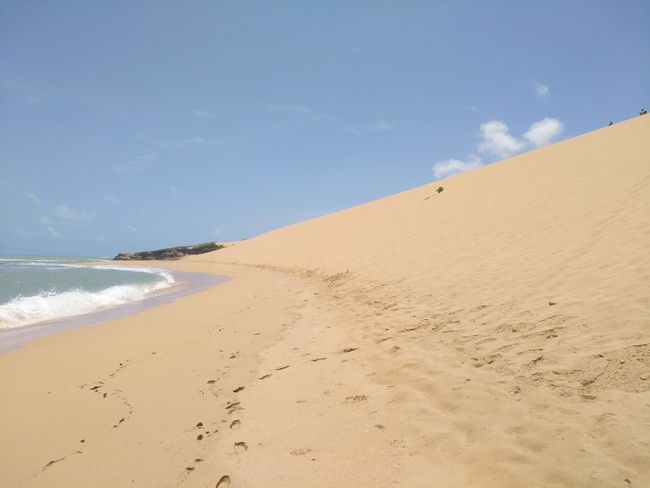
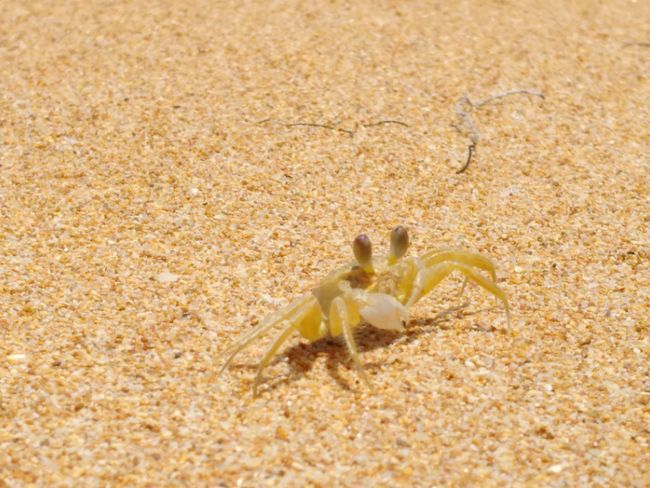
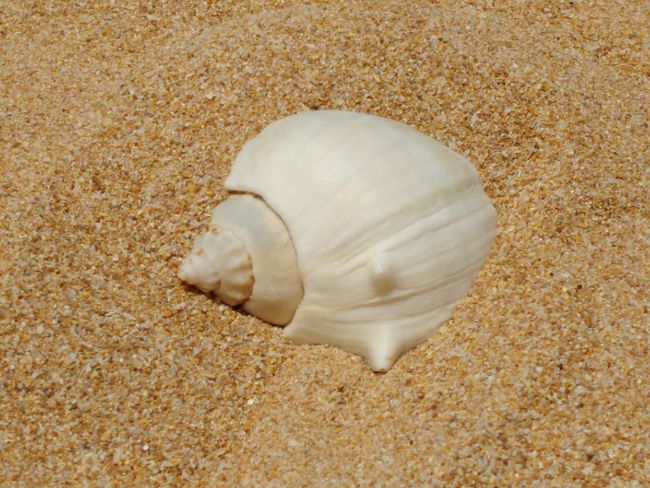
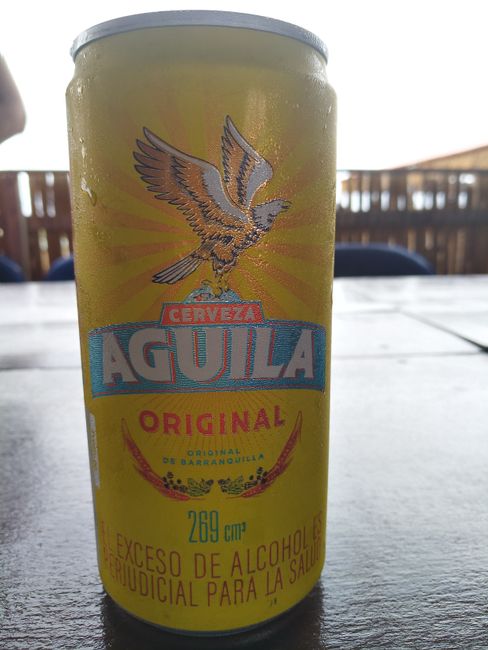
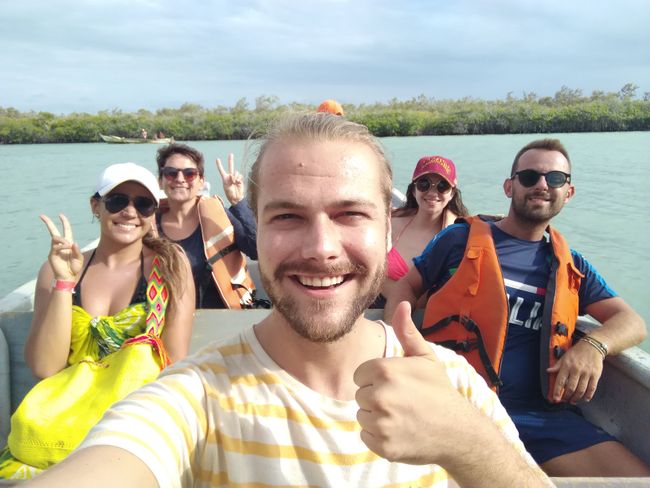
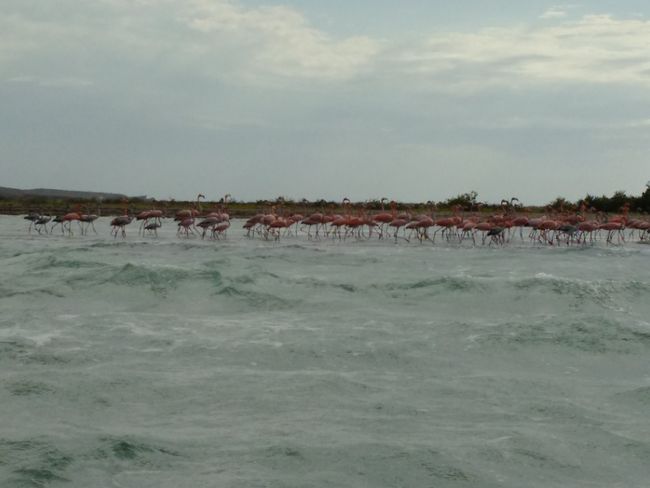
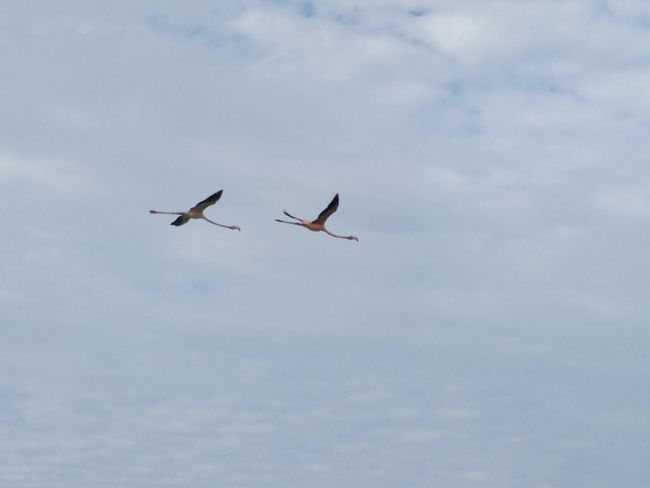
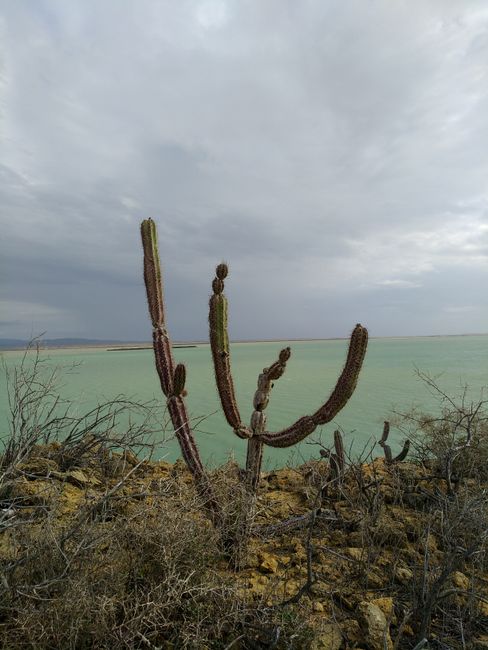
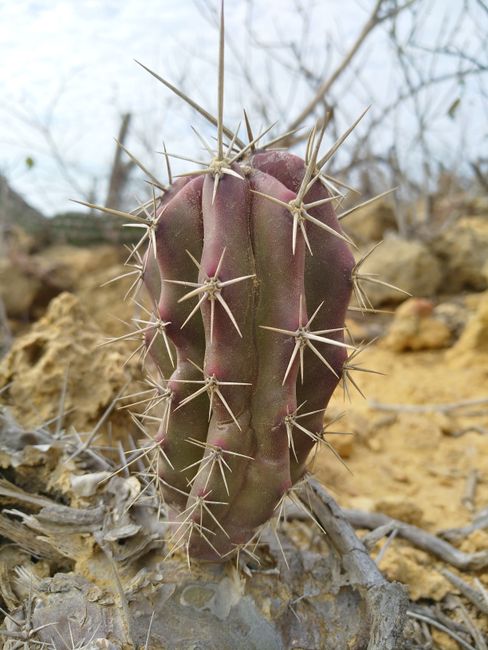
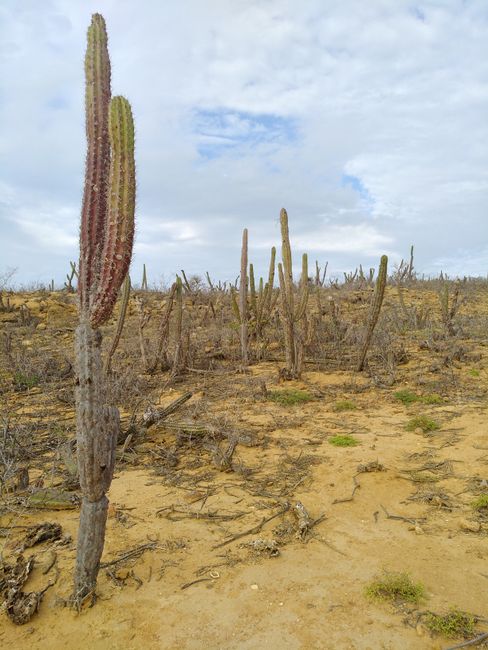
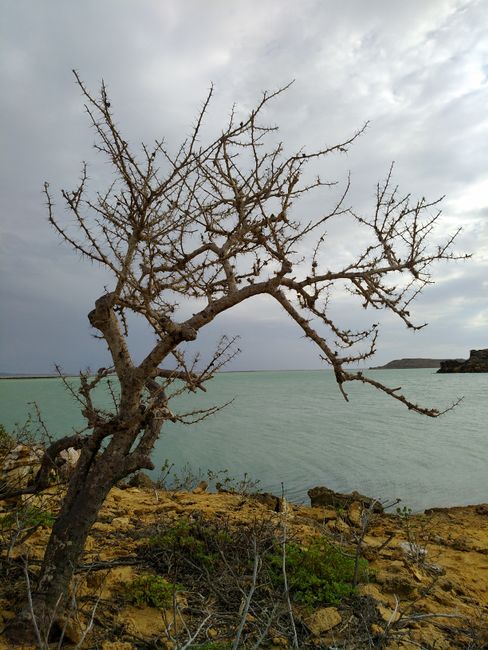
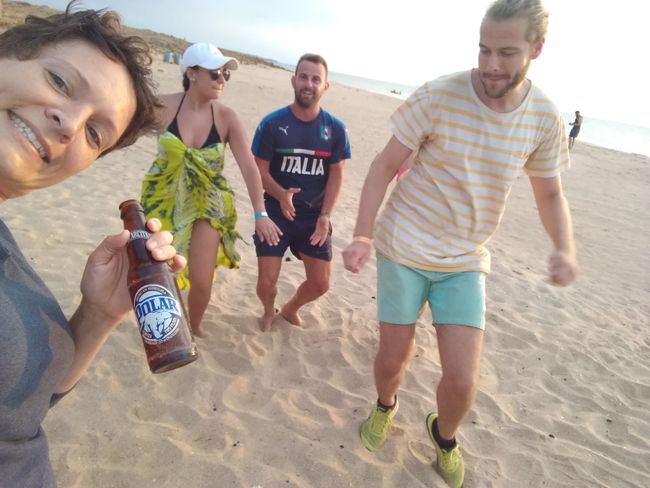
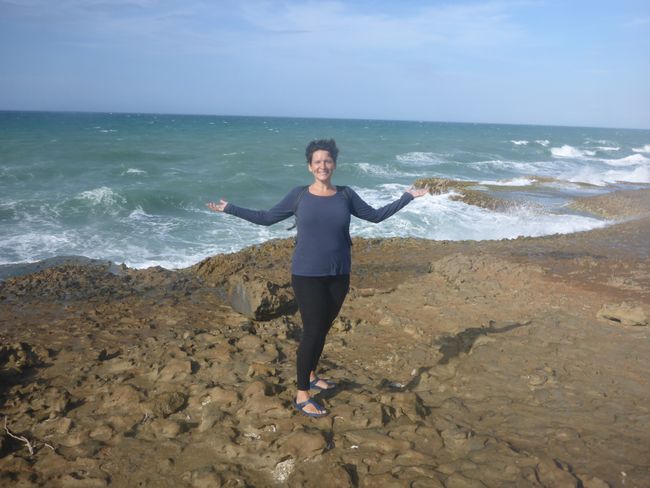
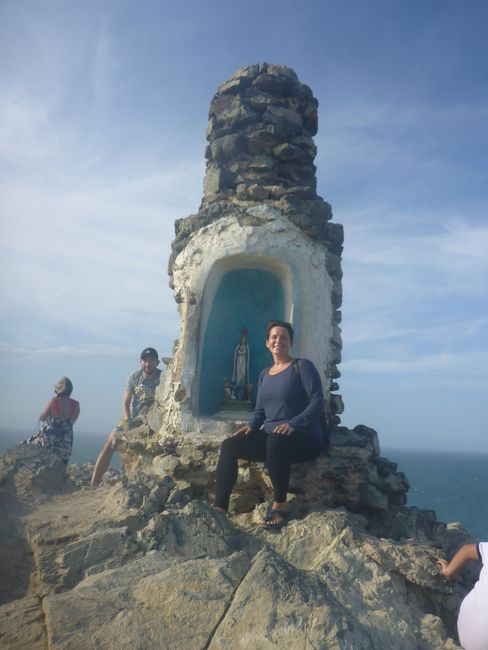
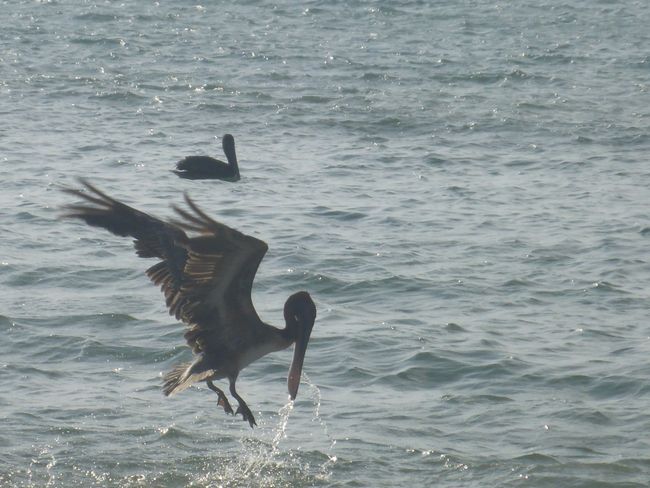
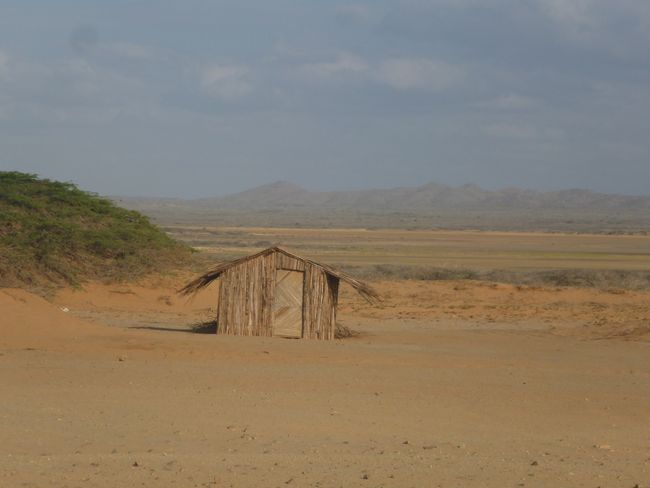
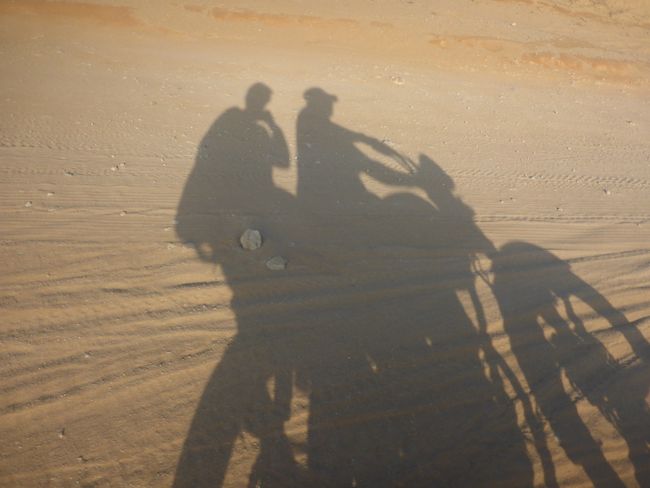
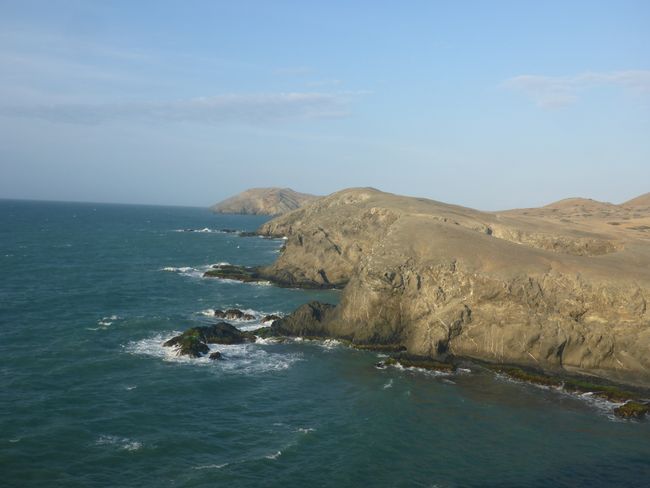
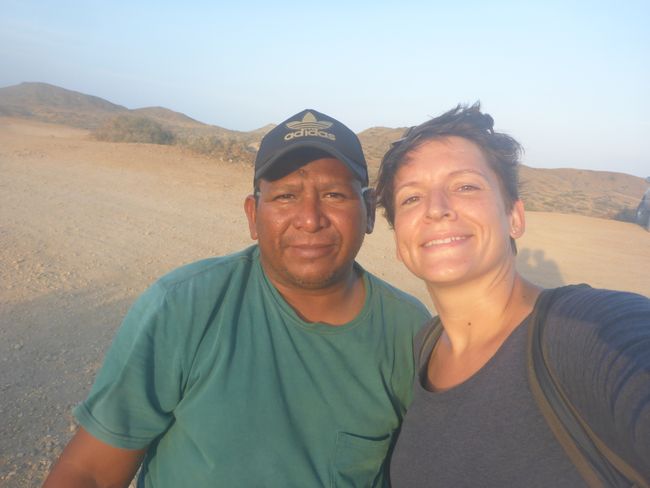
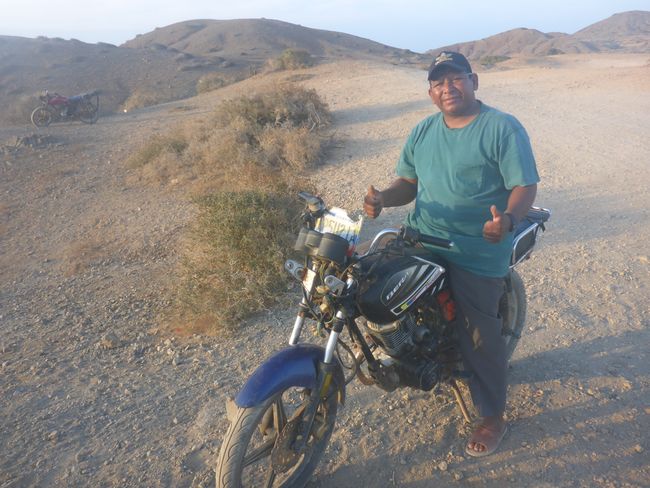
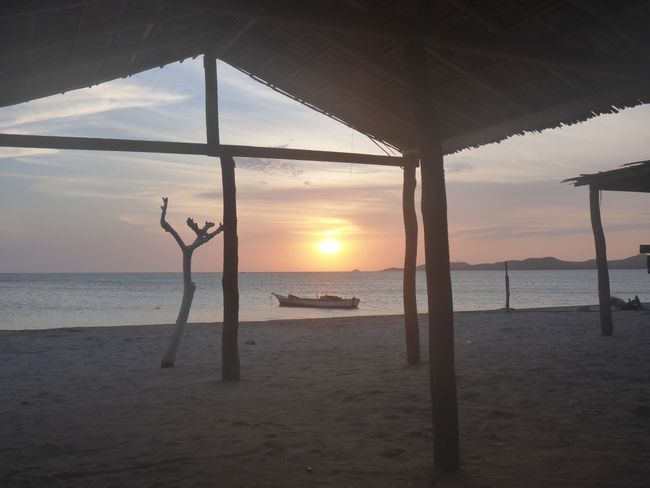
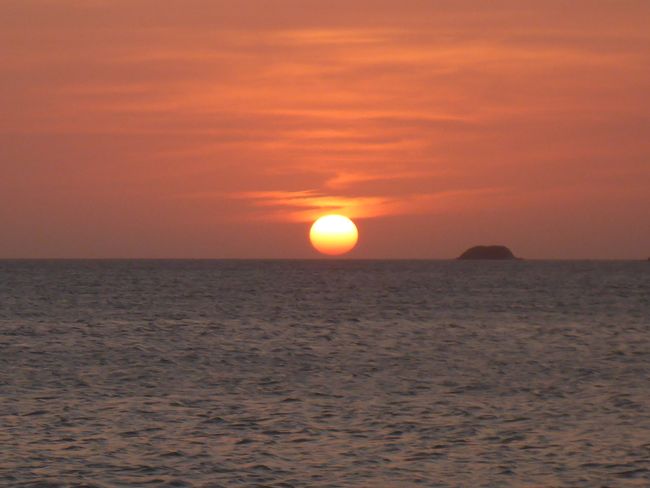
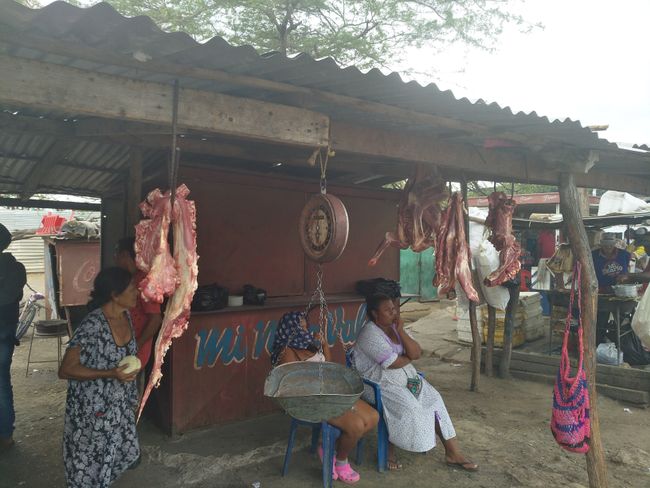
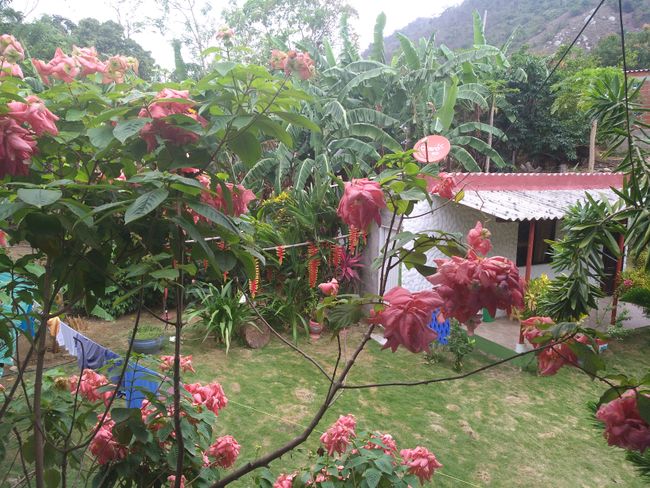
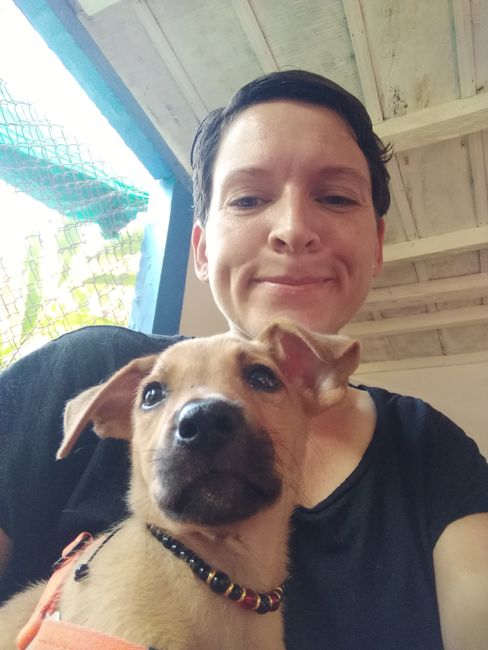
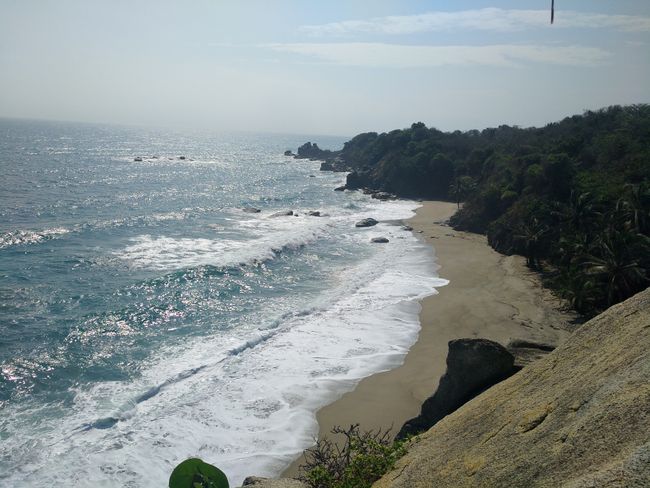

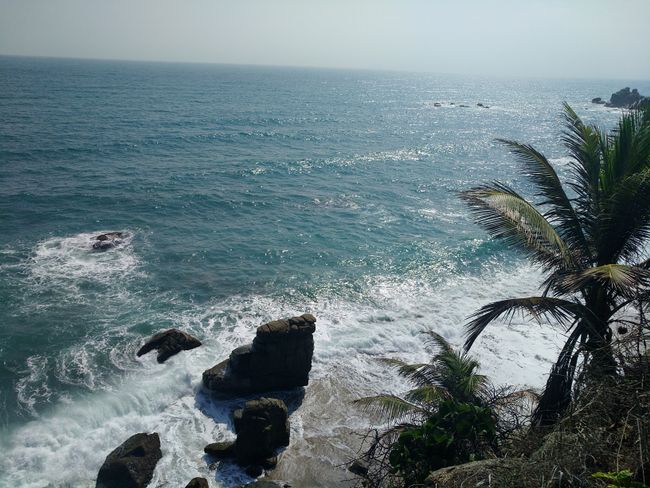
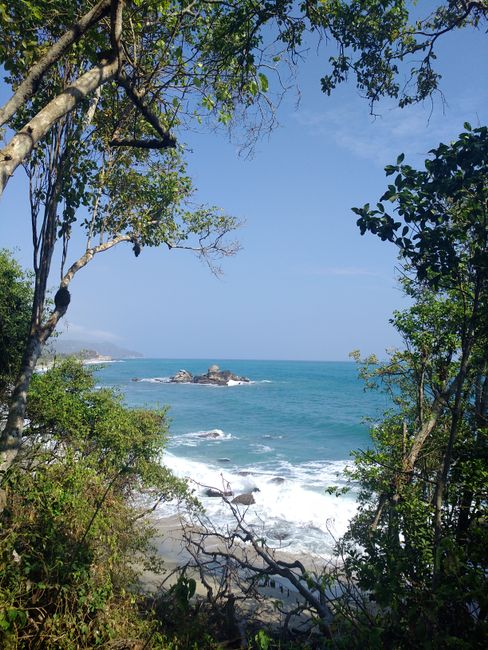
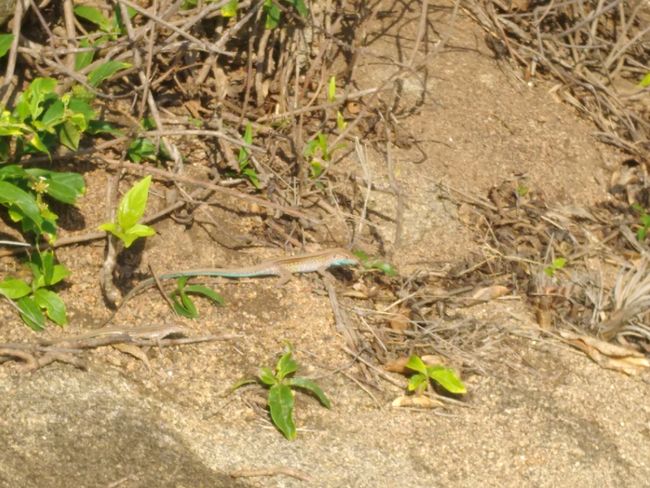
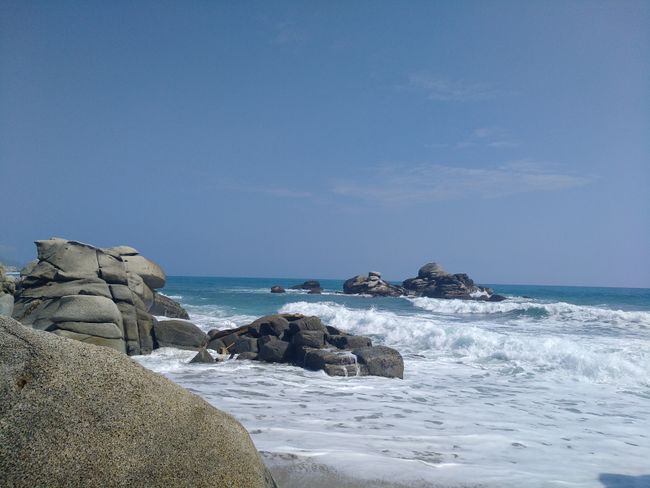
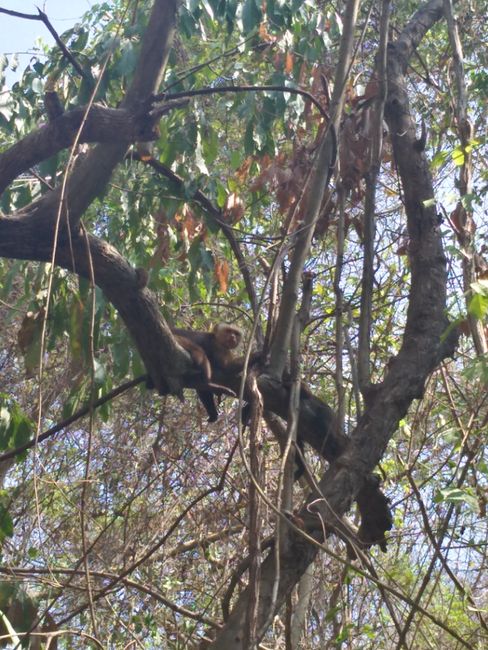
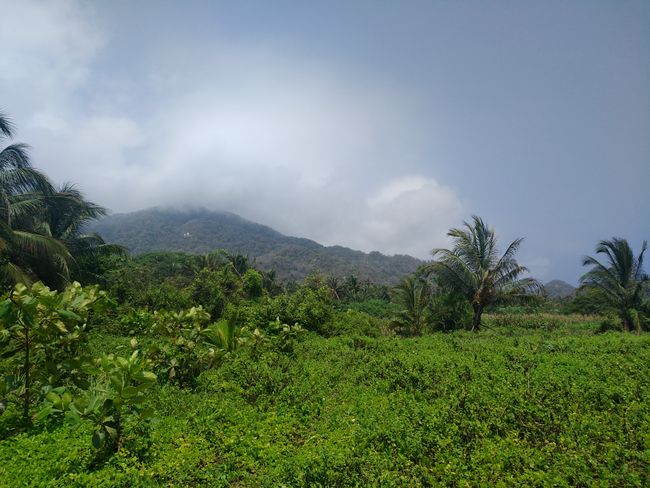
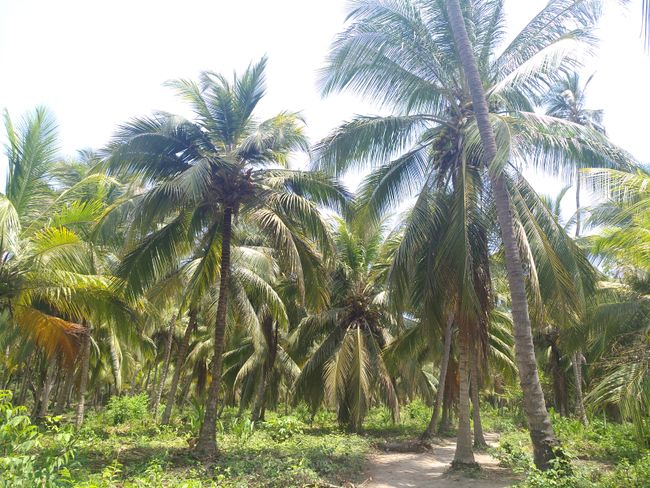
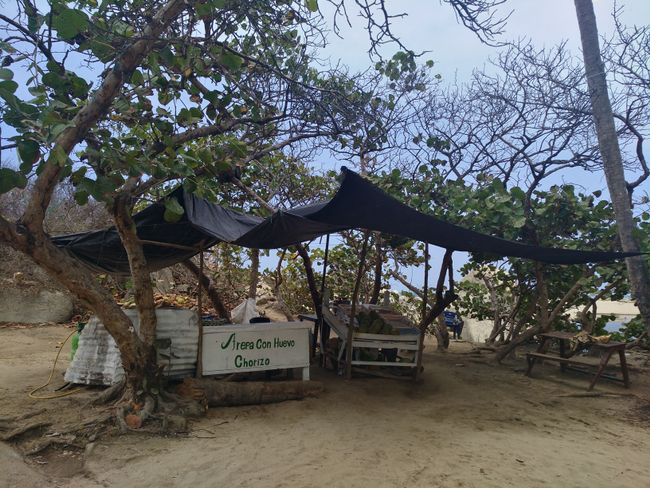
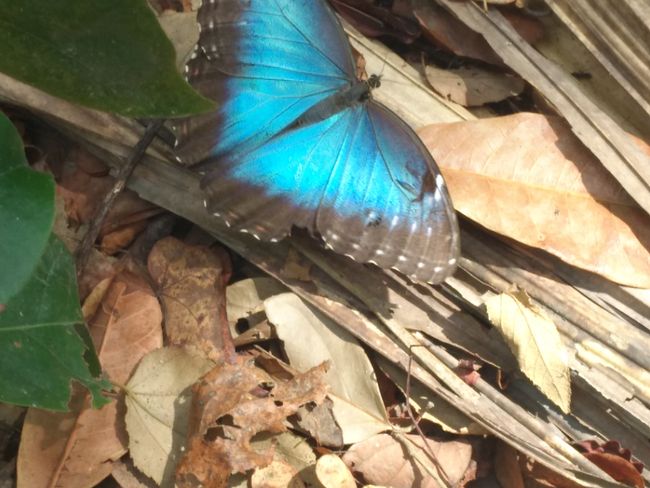
Feliratkozás a hírlevélre
After spending enough time in the south of the continent, it's now time to head to the far north. I have heard a lot about Colombia in advance. That the nature is very diverse, the people are super friendly, and of course about the country's still burdening and not so beautiful drug history.
Cartagena, the city where I arrive after a whole day of flying, is a colonial city as described in books. The city is named to distinguish it from its Spanish sister Cartagena de Indias, thereby referring to the African slaves who helped build the region and enable the industrial extraction of sugar, gold, and gemstones.
Due to its northern location, this region was one of the first to be settled after Columbus discovered America. The port city of Cartagena thrived on trade and grew rapidly. The wealth, in turn, attracted pirates. The result was the city's security through a huge fortress or multiple facilities, which can still be visited today.
I feel very comfortable here right away. The houses are painted in bright colors, flowers bloom in many corners, and every 100 meters, music plays from a radio, mostly salsa. Actually, and I have thought about it repeatedly in the past three weeks, Colombia is how I expected Cuba to be back then but couldn't find. Well, except for the vintage cars.
The people speak a decent Spanish that I can mostly understand and are very courteous. You are constantly being welcomed, addressed as 'amiga', or asked if you need anything.
There are many nice but comparatively expensive restaurants and bars. The famous Cafe del Mar has a very special atmosphere at sunset. With a cocktail in hand, music in my ear, late sun rays on my skin, and a gentle breeze in my hair, it's quite pleasant to be here.
A night of partying confirms that there are many tourists from Colombia and other South American countries as well. The dance floor is packed, everyone is dancing with more body contact than I am used to at home. Although it's always the same songs, everyone can sing along, including me. I have been following the Latin American charts in recent weeks. And just like that, the party is over and we are kicked out of the bar at 3 o'clock.
In addition to city life, there are mainly the offshore islands with their Caribbean beaches to visit. Snorkeling is also a must. Unfortunately, coral reefs are not being treated very carefully, so there is not much left here, even though a nature reserve has been established.
Then we go on another day trip to a volcano that admittedly looks quite man-made. The mud bath is supposed to make you beautiful and is great fun because you can't feel the ground with your feet and therefore have no control over your movements in the unfamiliar texture. The 'lifeguards' simply push you back to the exit ladder when the time is up.
Afterward, we visit a pink salt lake, which gets its color from a special algae that can live in a body of water with a very high salt content. We end the afternoon in a beautiful swimming pool.
Then it's off to the jungle for four days. Equipped with only a small backpack, our 15-strong group sets off to the lost city.
This sacred site of the indigenous people who lived here and performed their rituals since the 9th century AD had to be abandoned after the arrival of the Spaniards because the imported diseases wiped out the native people and it was considered a bad omen. Thus, the city was forgotten for about 300 years until a farmer rediscovered it.
Since gold was an integral part of their culture, incredible treasures were discovered and looted over the years. The objects crafted by the inhabitants were sold expensively and illegally on the black market. At its peak, there were up to 40 families who plundered the graves and transported the precious objects to Santa Marta.
As wealth inevitably leads to envy, the grave robbers began to steal from each other, and a murder occurred. This led to the government being notified of the existence of the lost city, and an official excavation could soon be carried out. However, at that time, only a fraction of the treasures was still there.
The four indigenous tribes still live very autonomously and close to nature in the Sierra Nevada de Santa Marta region. Life is quite simple. The women harvest the sacred coca leaves in a special ritual, which are only allowed to be consumed by the men. Girls are married off to a suitable boy by a shaman at the age of 15 and receive an instrument for spinning cotton as a dowry and at the same time as a personal identification, as there is no cultivated writing.
For the wedding, the men also receive an item that they have to carry with them from then on. The dried gourd is smeared with a stamp in a kind of meditation, which is coated with chewed coca leaves and ground seashells. Over time, a hard layer forms there. If the object becomes too impractical to carry due to the stone-like wreath, it is given to the shaman, who examines the growth and analyzes the thoughts that flowed into the procedure. The man then starts a new gourd.
Both genders wear the same clothes. A white shirt or cloth. To differentiate between genders, as both do not cut their hair (an expression of the divine nature), girls wear necklaces and boys or men wear a shoulder bag.
The tasks are very strictly divided. The woman spins, cooks (dies faster and mostly from lung cancer due to the constant presence at the open fire), weaves, takes care of the up to 15 children (no interference in nature, the child as a gift from the gods), and sews the frequently encountered shoulder bags. The man cultivates the field, takes care of the animals, and, of course, deals with the gourd.
For the Western civilization person, what is described as a sacred act is somehow a little disgusting. The mashed mush in the mouth is smeared on the gourd like in the oral phase of a toddler. Of course, coca leaves are sacred because they bring one closer to the gods of nature and give strength to the man. Sure, if you are always a little high, it gives you a good feeling. The stories told to us firsthand somehow sound logical but at the same time very far from our culture. However, I find it beautiful that this culture has preserved what is no longer present in many other indigenous peoples.
One representative of the community who was available to answer questions sees the development of cell phones as very critical since the children of their tribe have also come into contact with them. And the increasing environmental pollution, the effects of which are also noticeable in the Sierra Nevada.
When you finally arrive after the exhausting hike to the lost city, which is so exhausting because you have to deal with the very high humidity, and hear the stories, you can imagine how the indigenous people used to live here and how the grave robbers went on treasure hunts like Indiana Jones.
There is no freshwater here, only saltwater. Therefore, the precious commodity is brought by tanker truck over the remote road for two hours as well. Once arrived there, the water is filled into a tank located in a lockable room. If you want to take a shower as a hotel guest, you have to inform the staff, and then you will receive a single bucket of cold water, which you can carefully drip over your head with a cup. The nice thing about it is that a bucket of water is really enough for a shower, and the temperature is more than pleasant for the dry heat here.
The nature here is really different compared to Santa Marta. The desert, which empties directly into the sea, produces many shades of colors, and the vegetation is manageable. However, cacti are growing relatively well, and the goats also seem to find something edible wherever they are.
The night in a hammock will stay in my memory for a long time. The swaying is very relaxing, but it's a bit uncomfortable for side sleepers.
After more than three weeks in Colombia, I'm taking a short break and flying to Florida for two weeks.
Feliratkozás a hírlevélre
Válasz
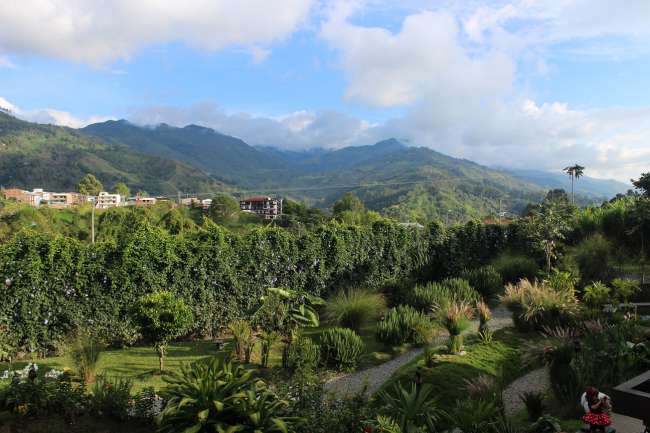
Colombia utazási jelentések
